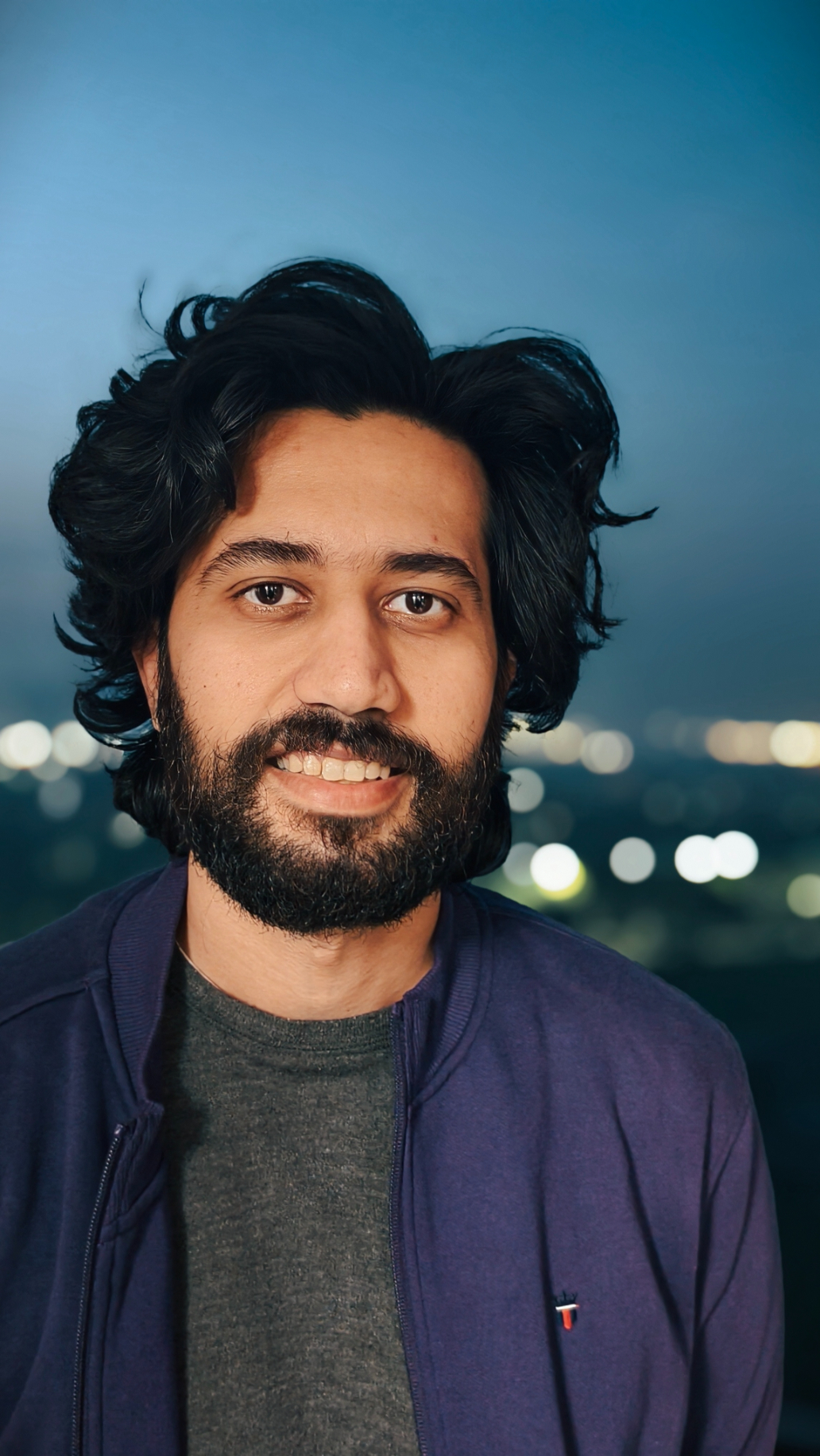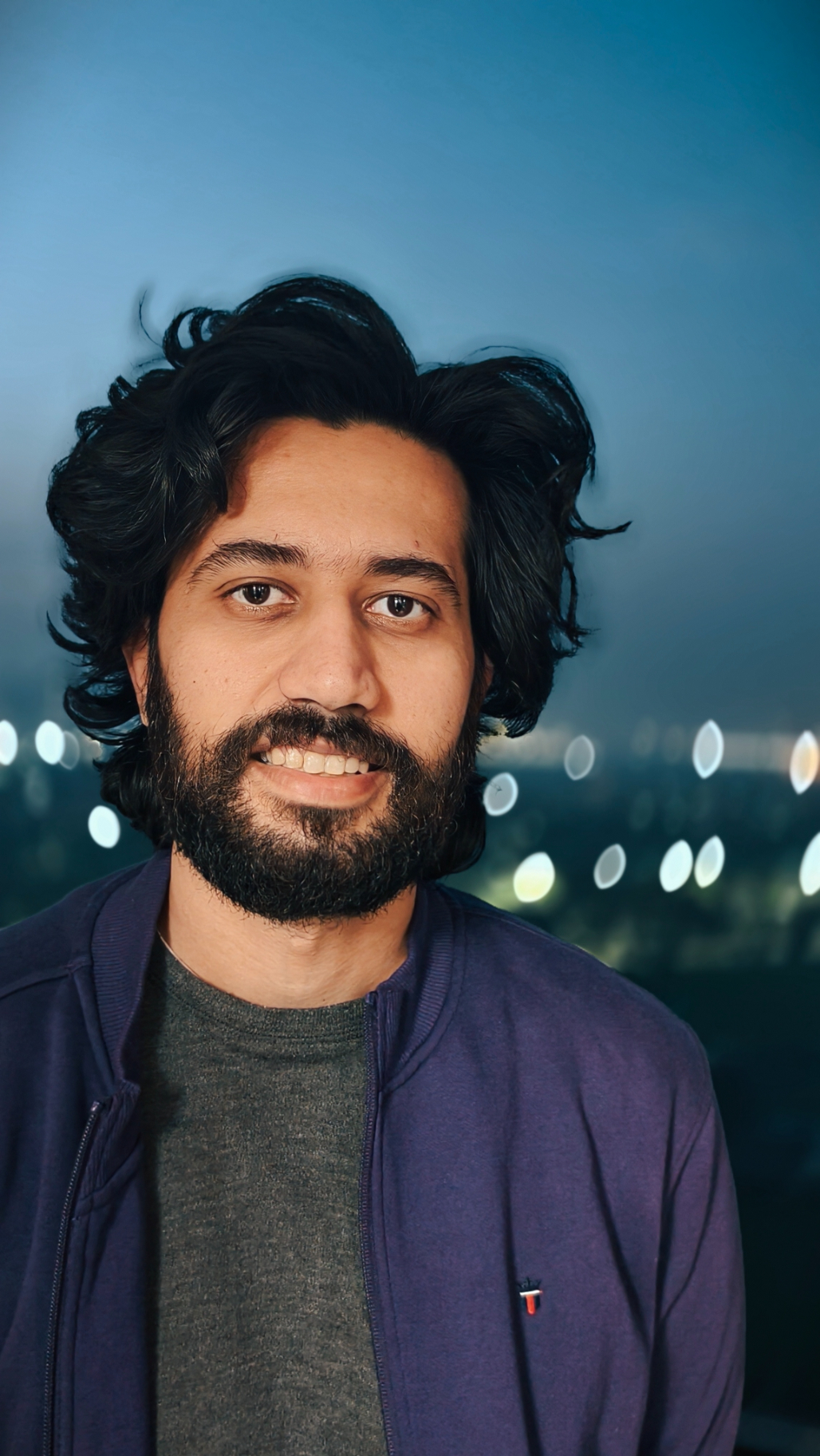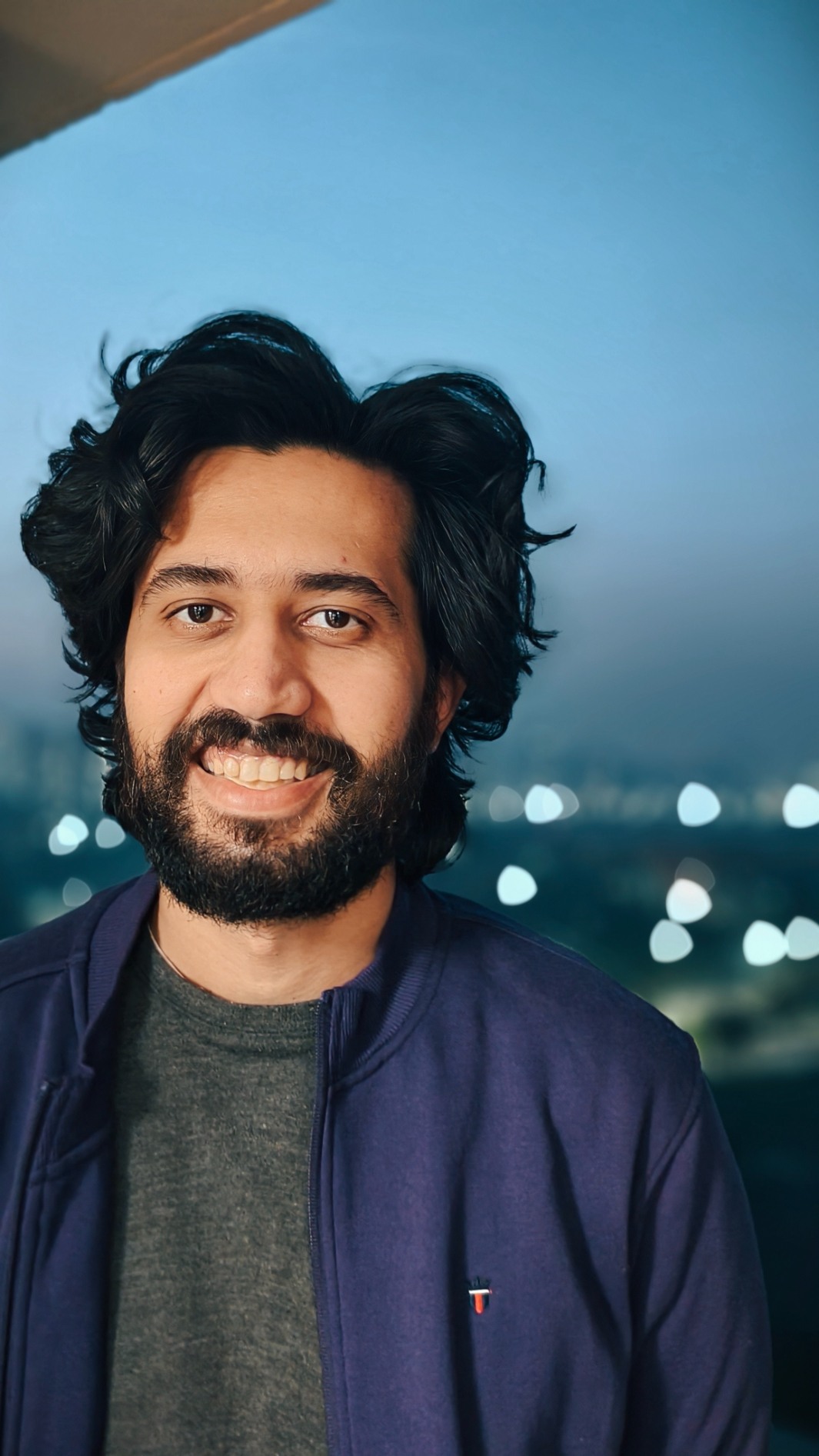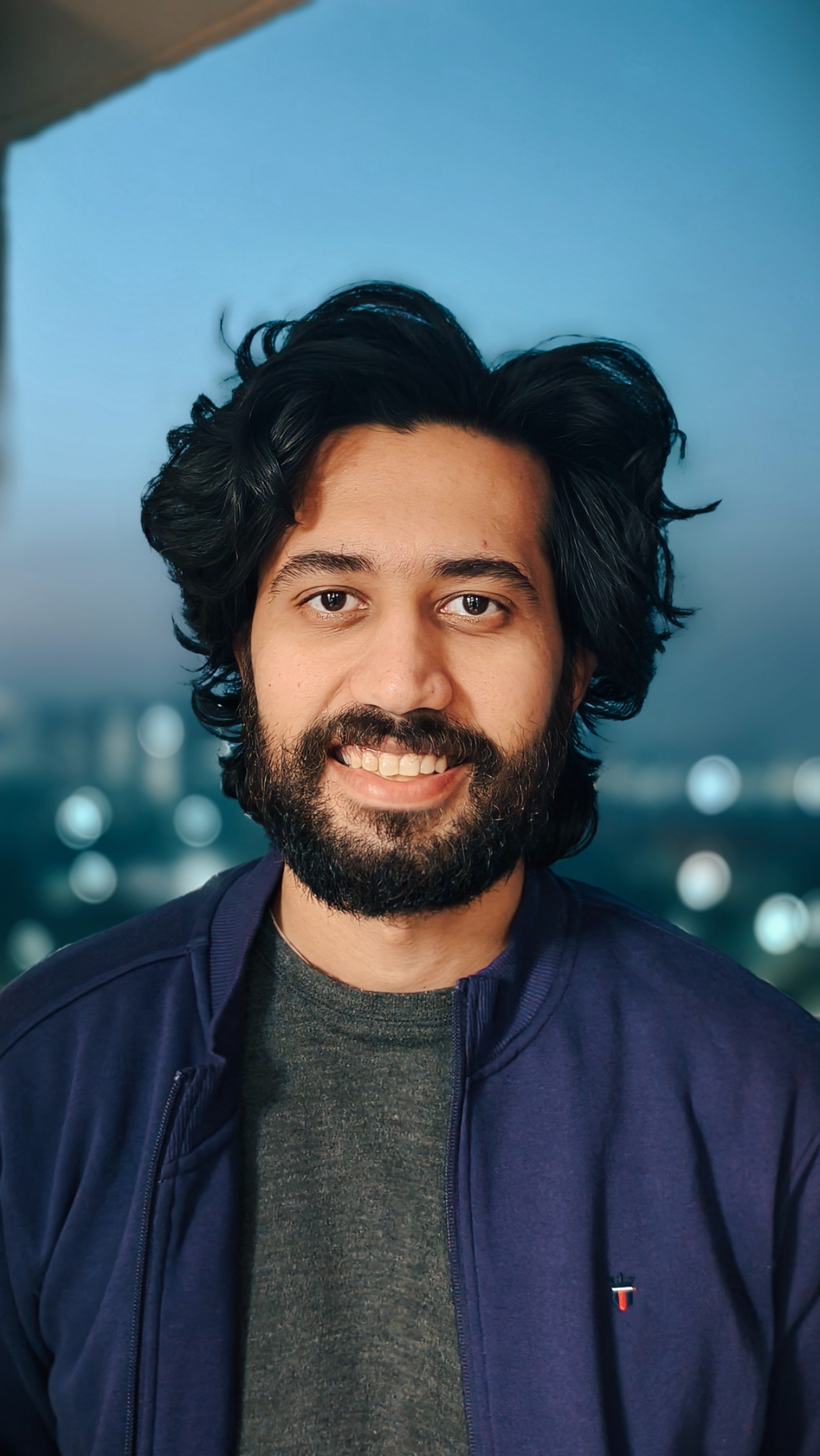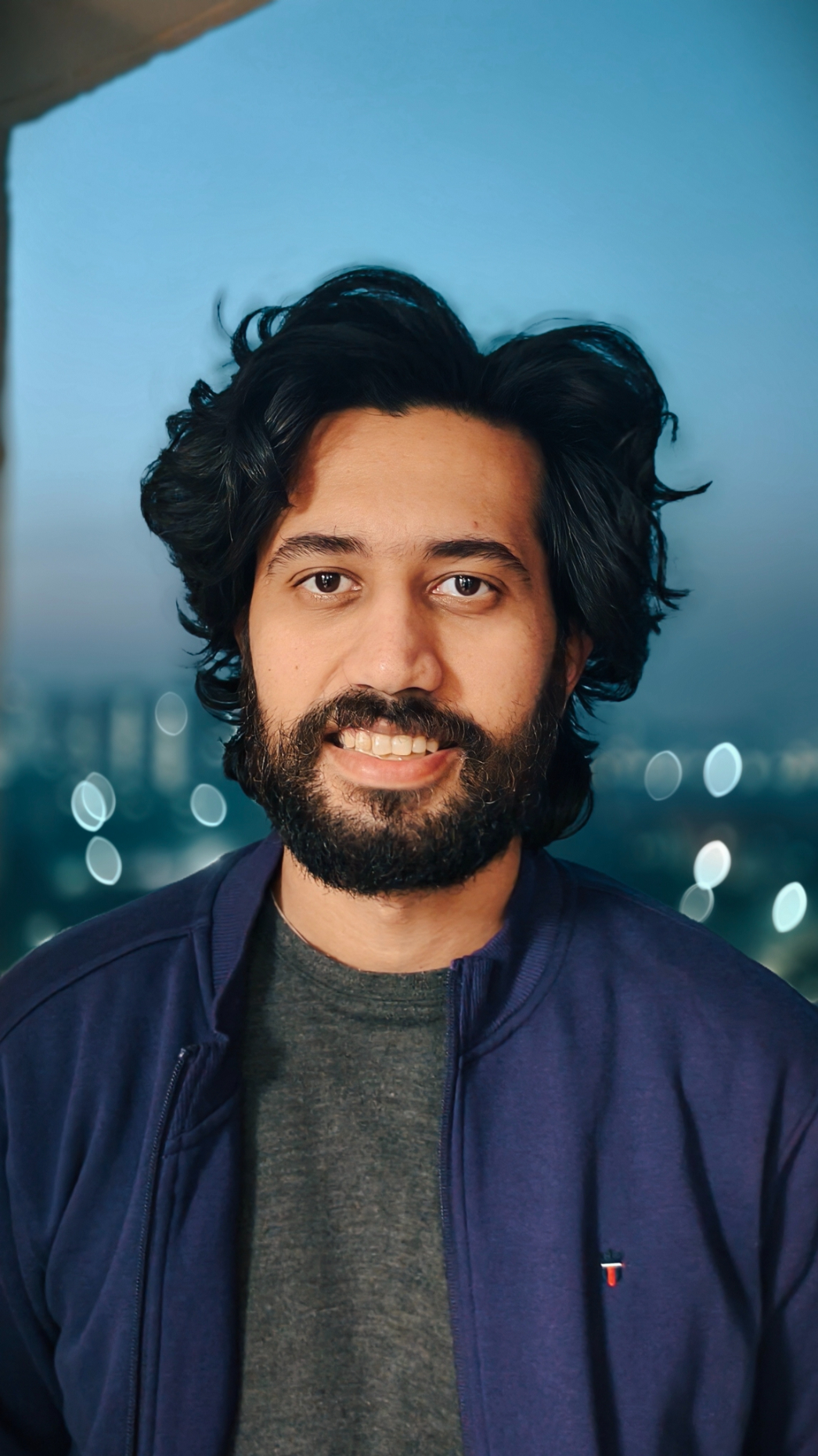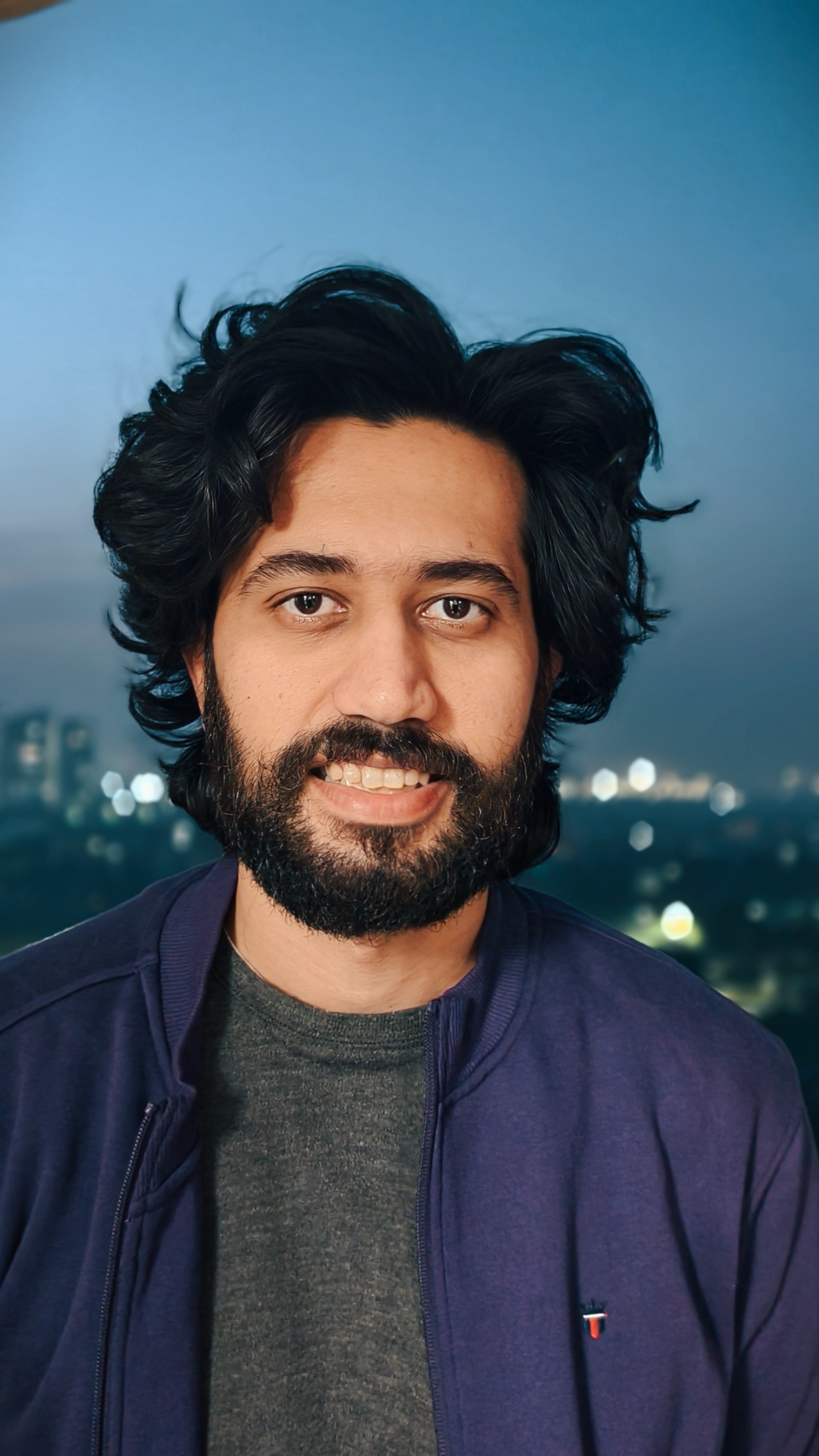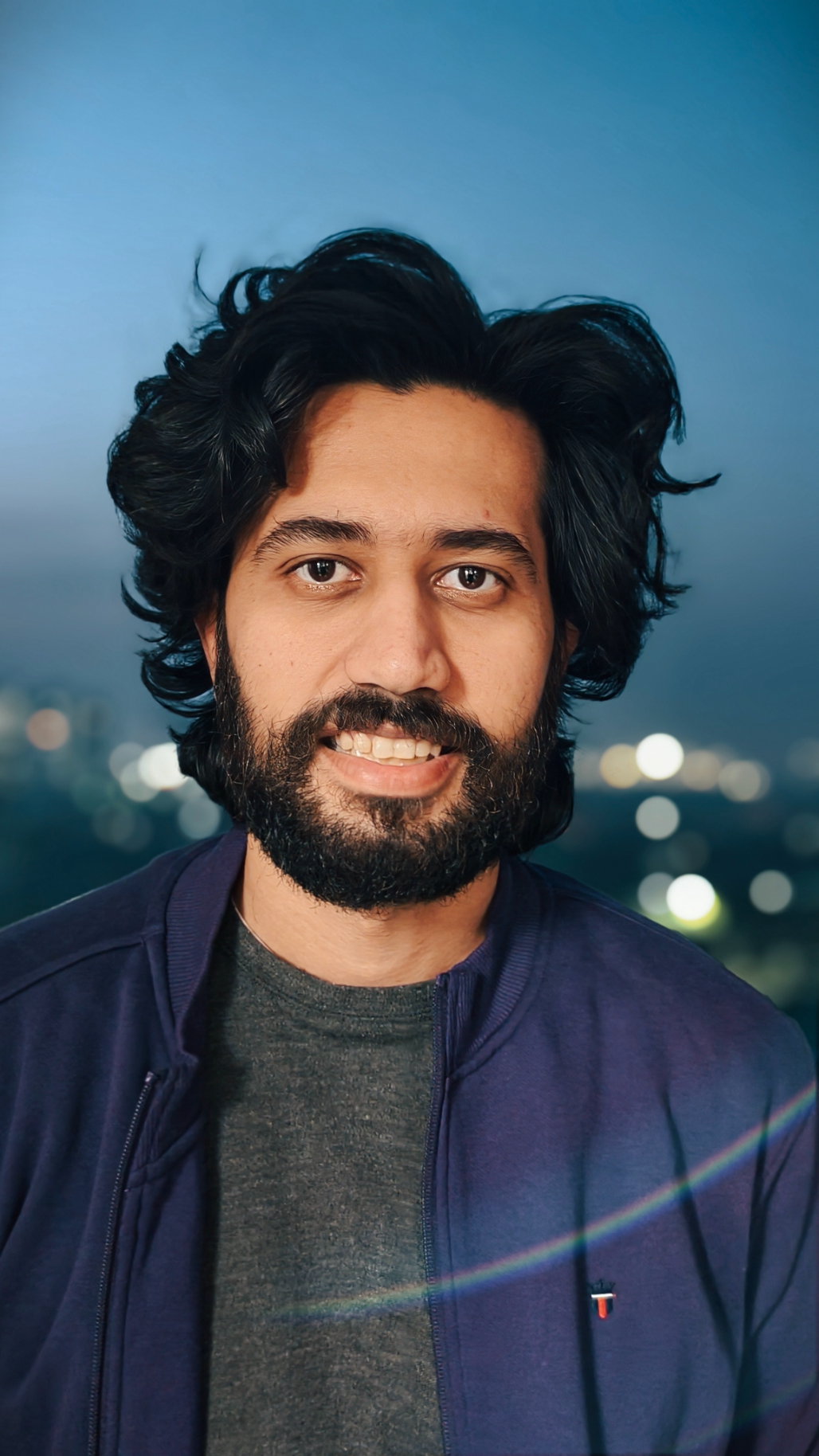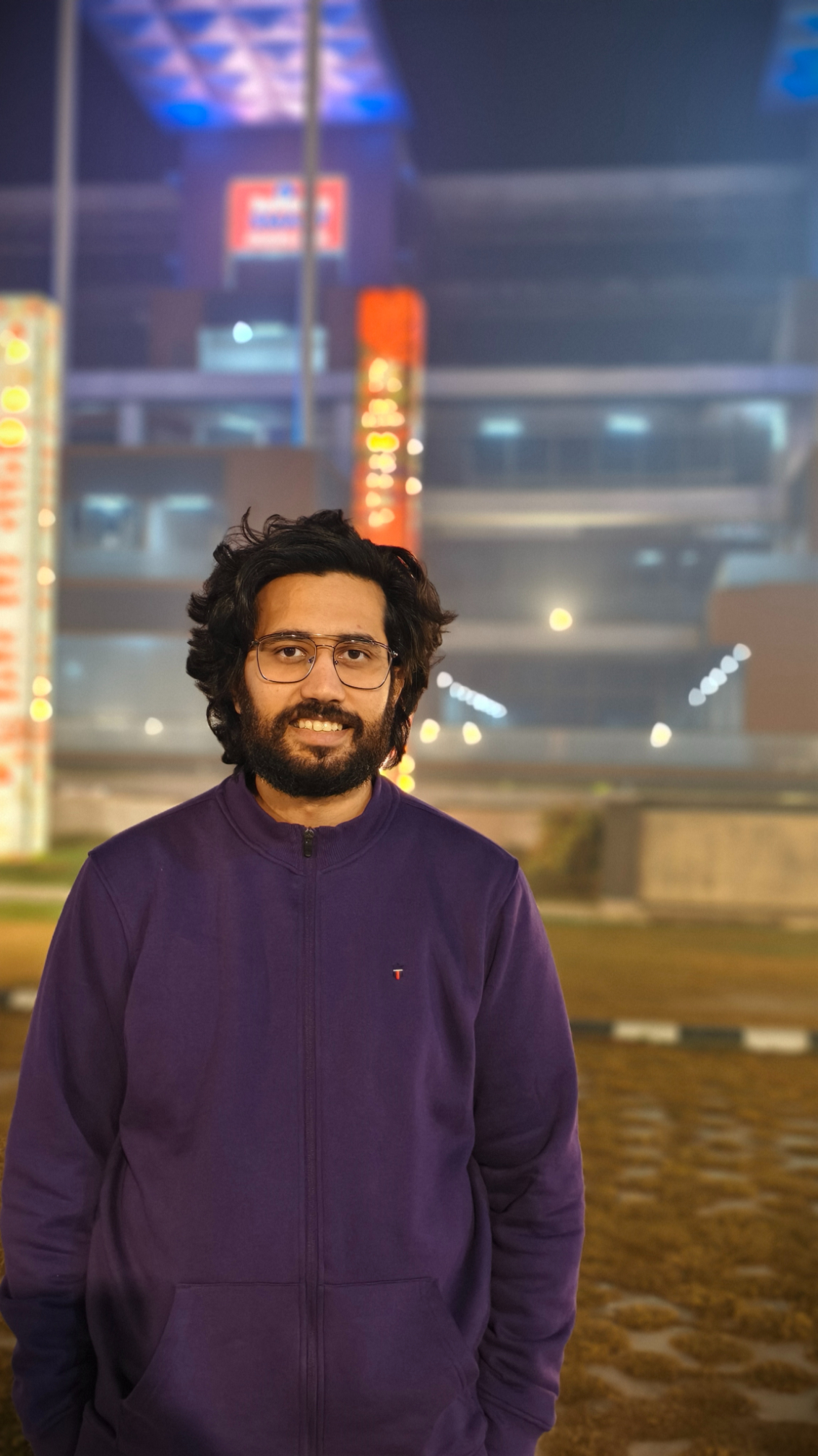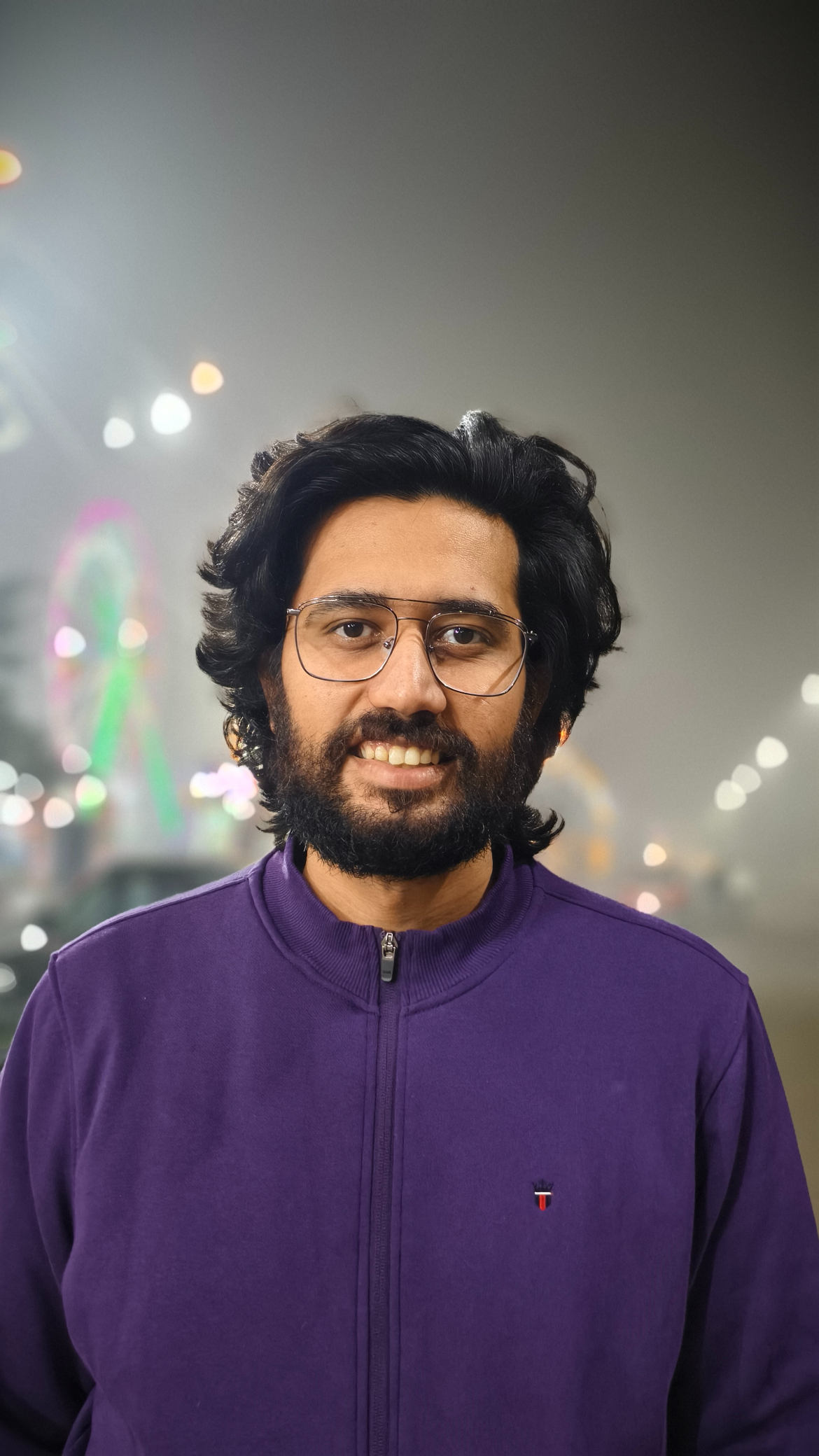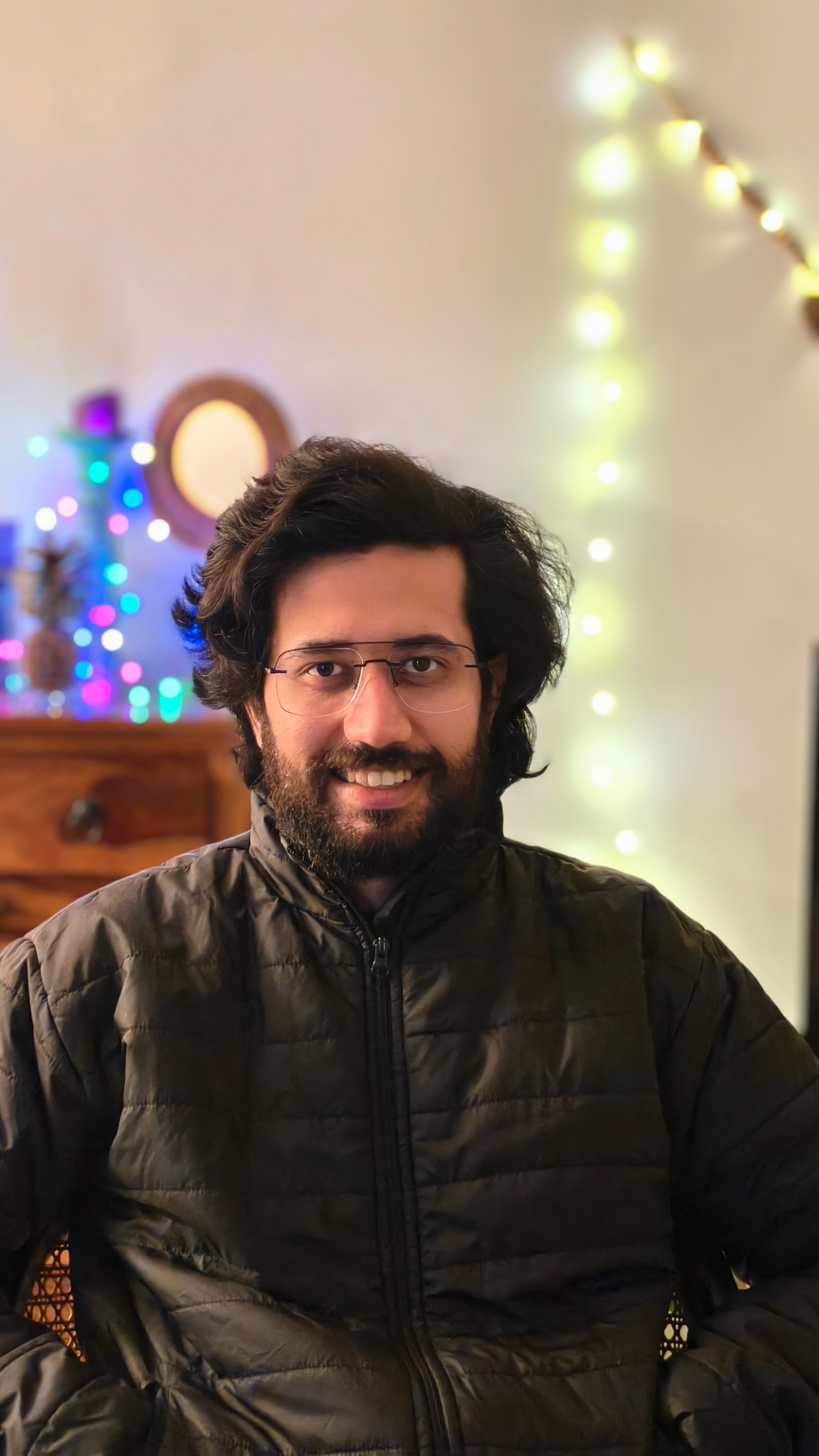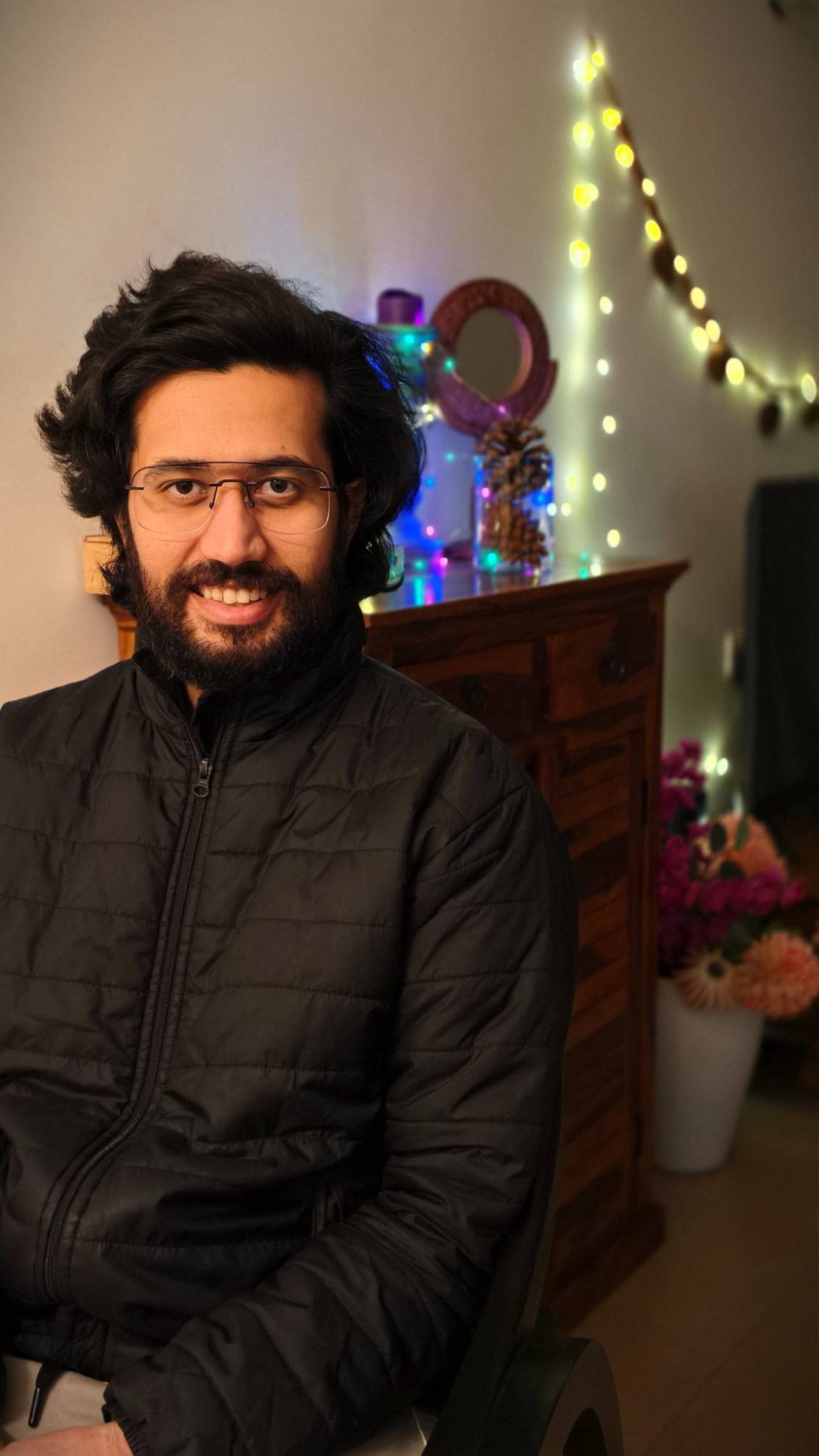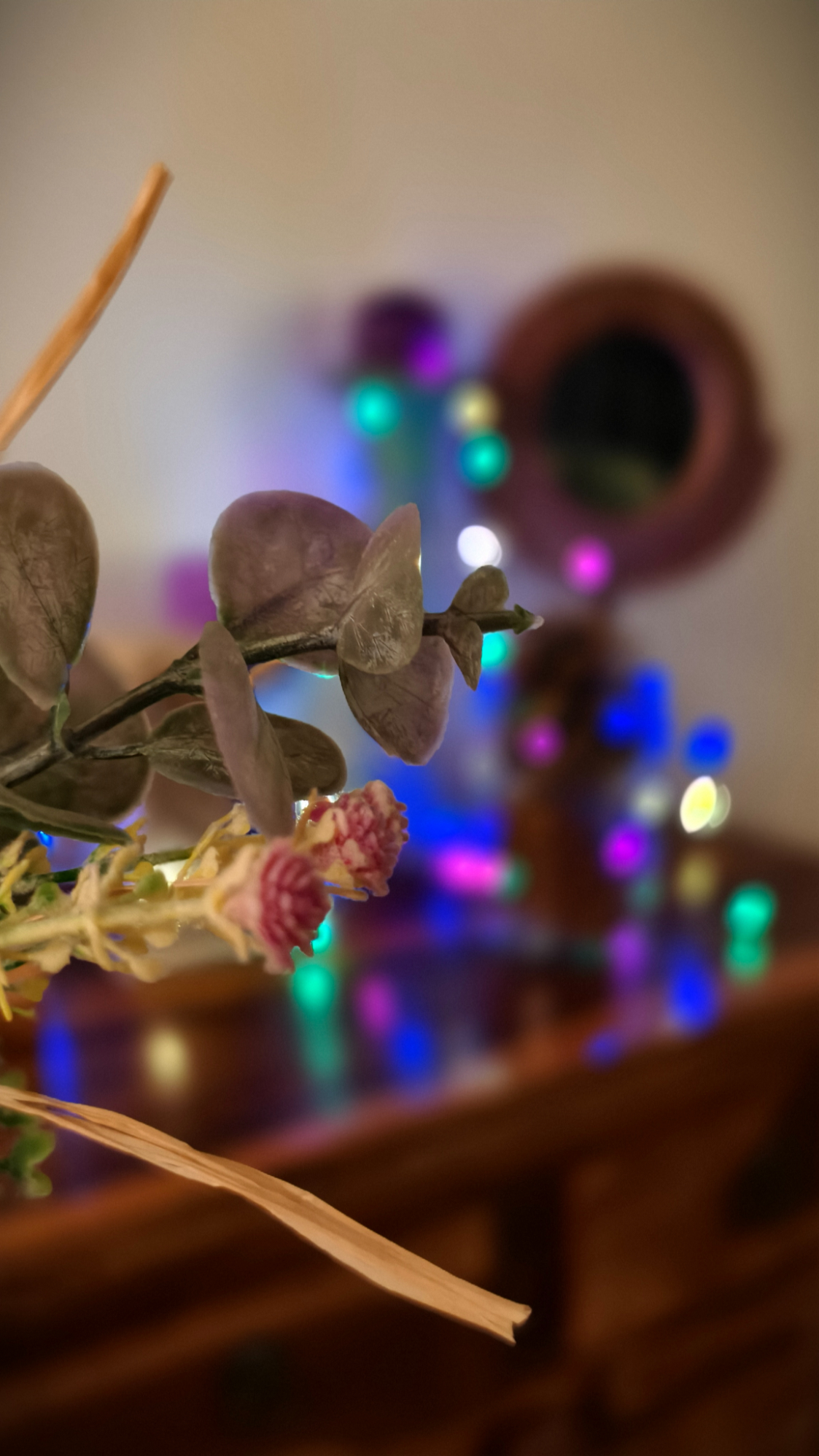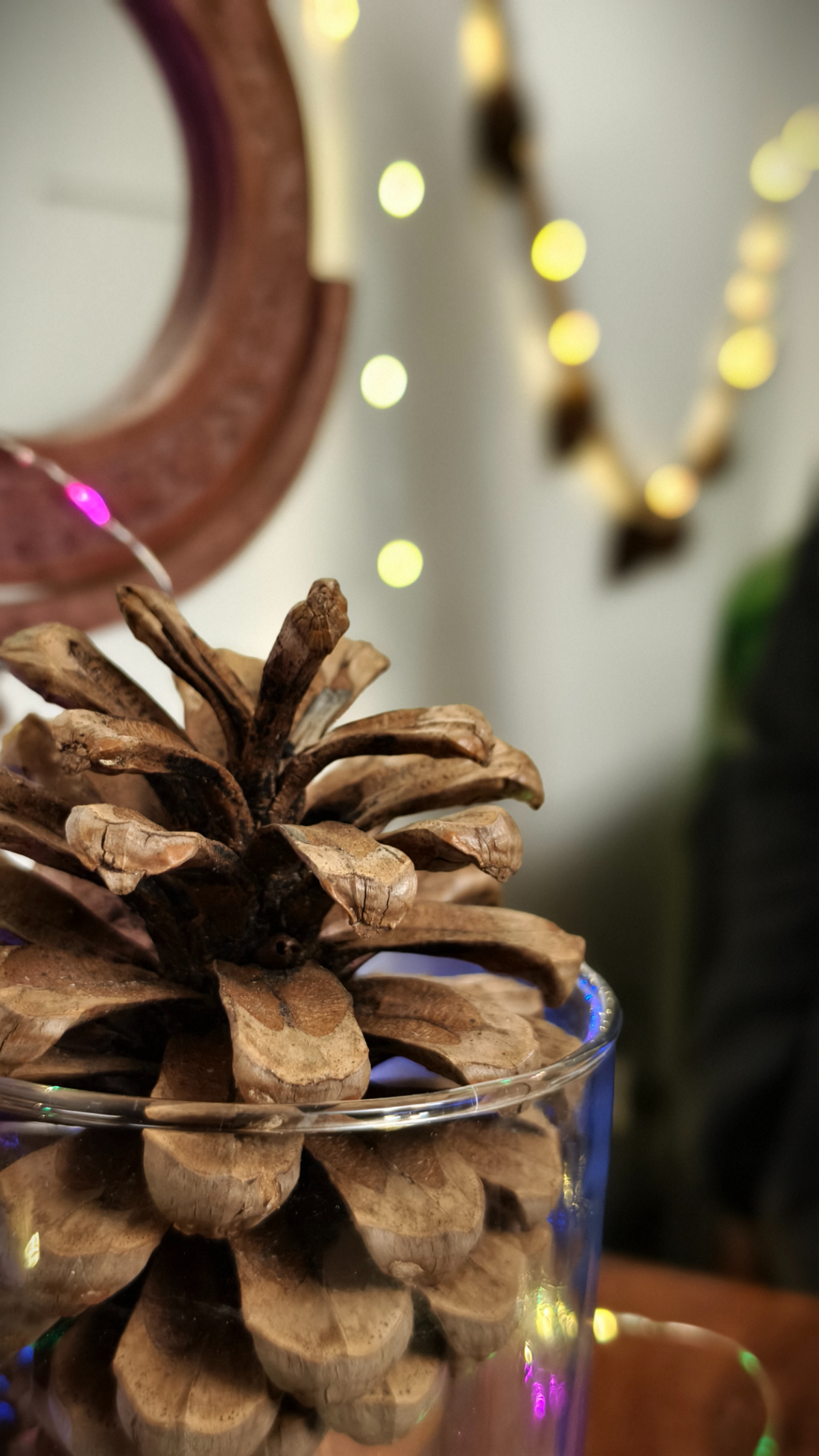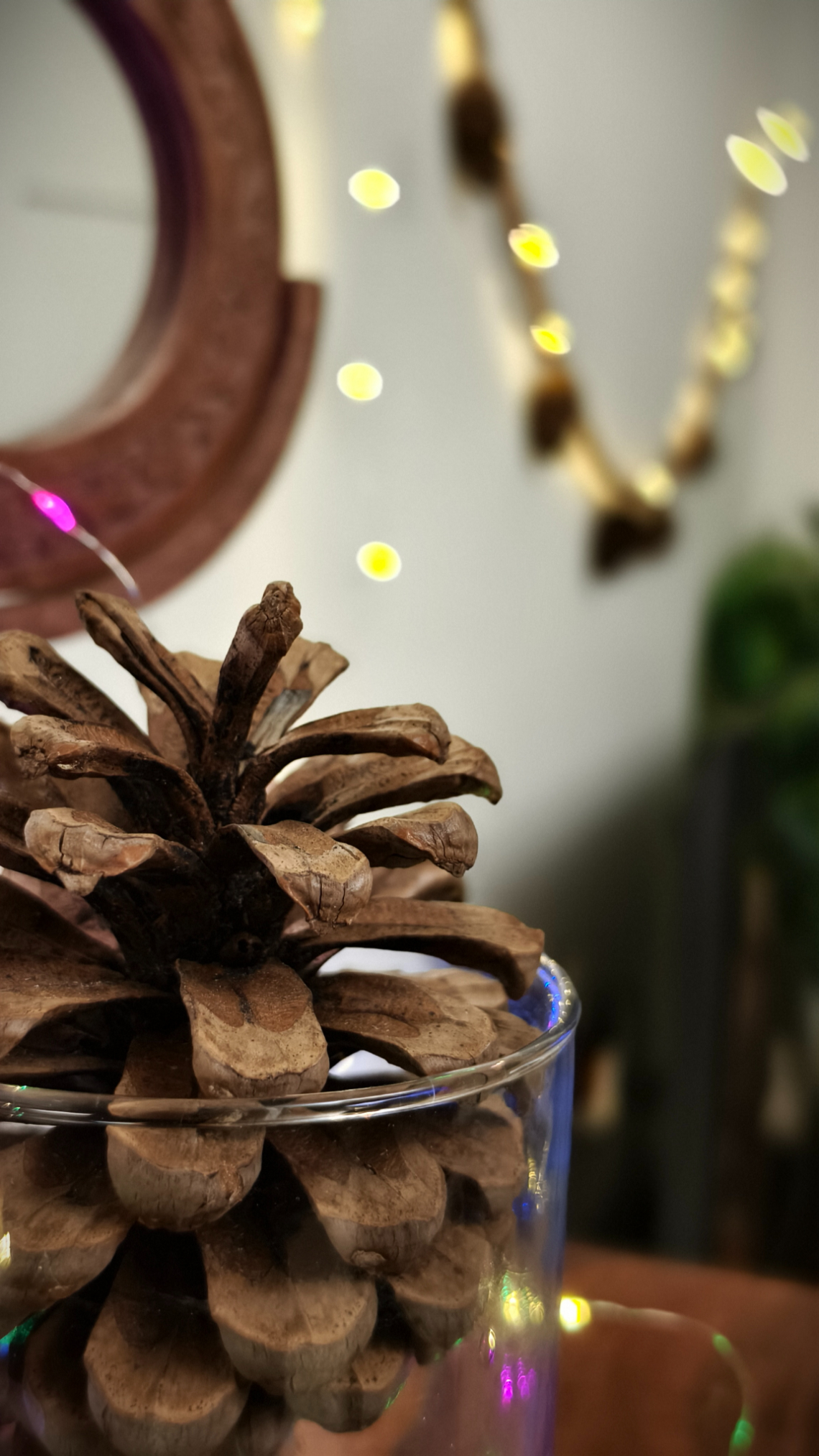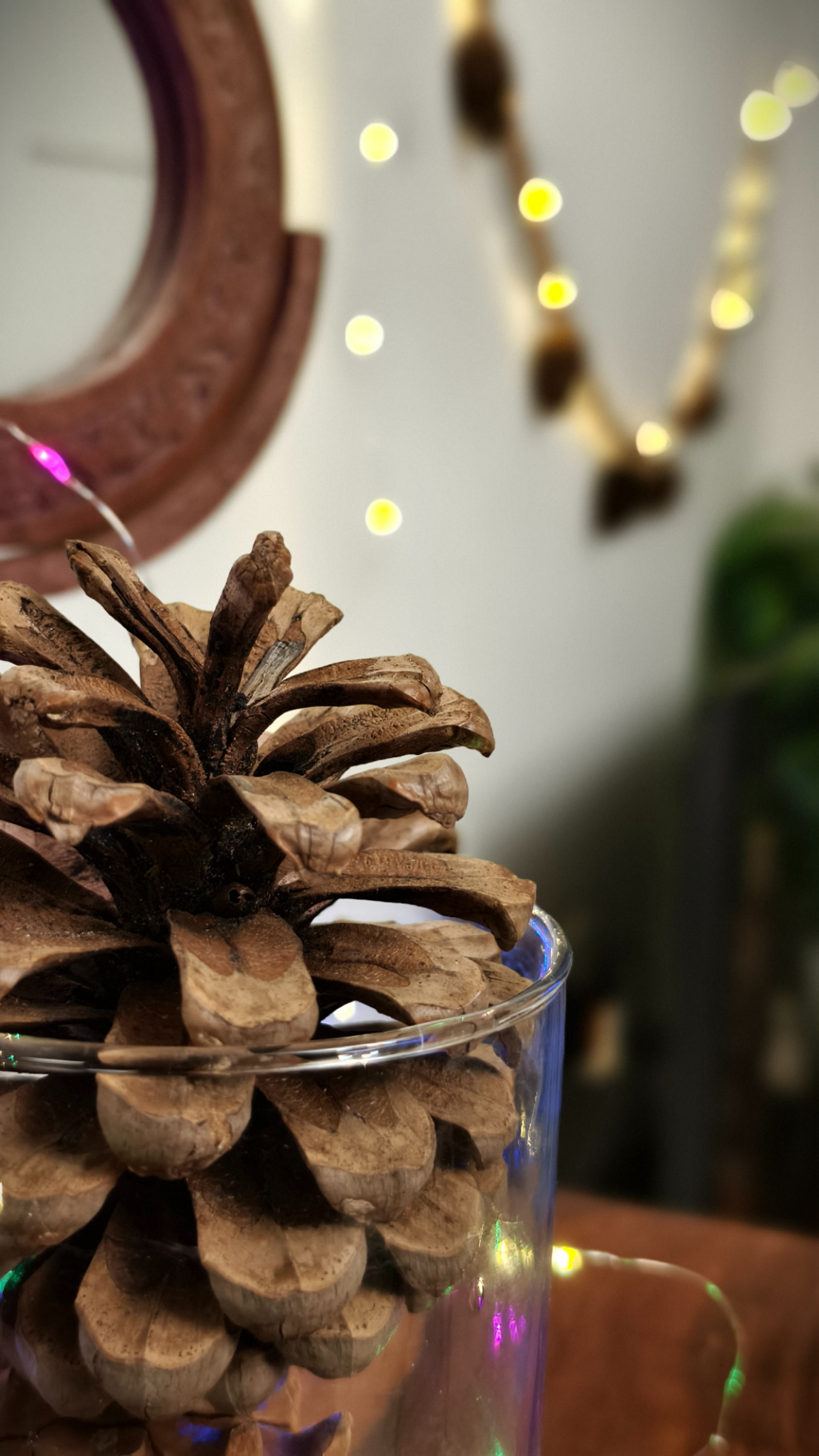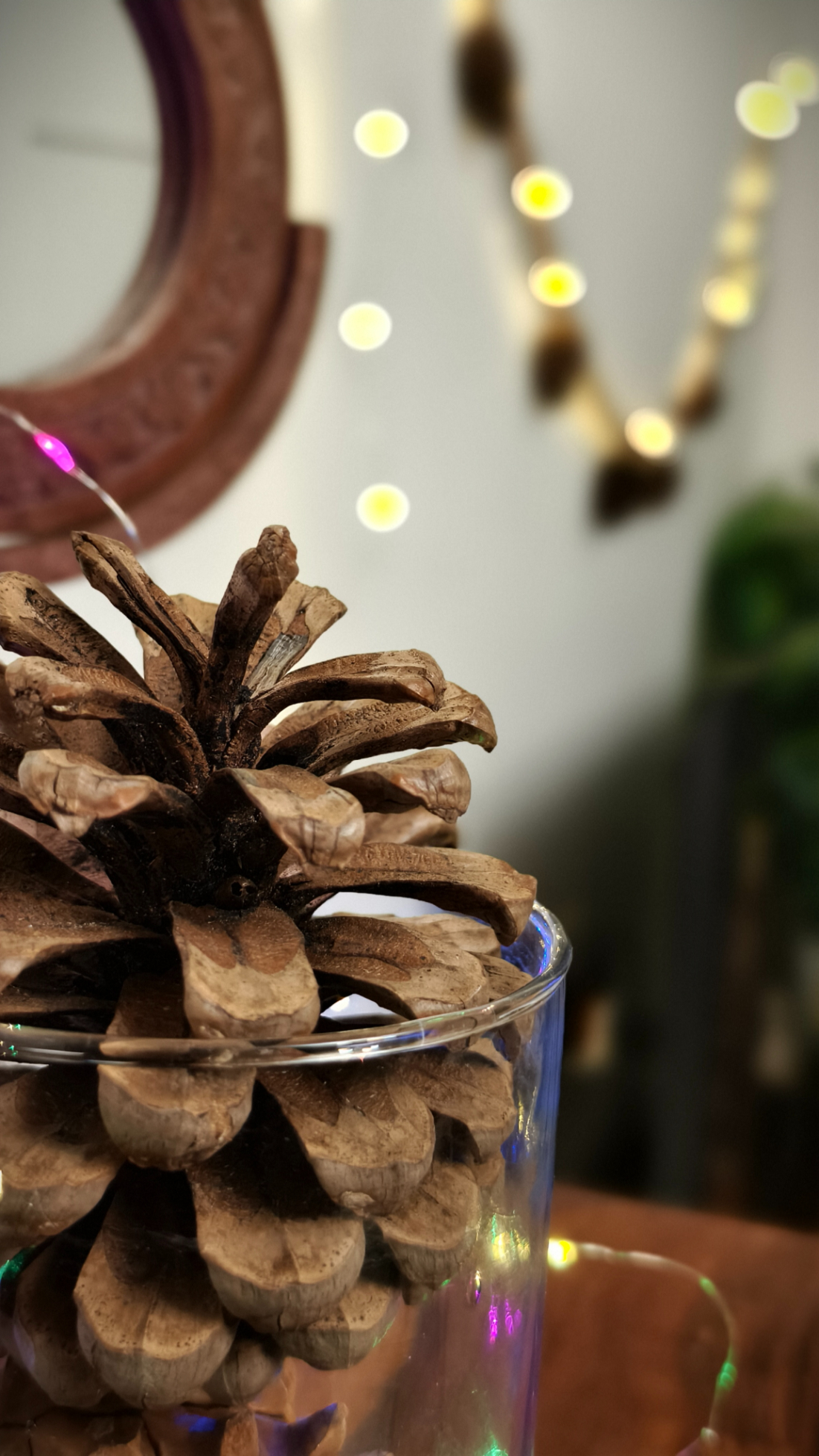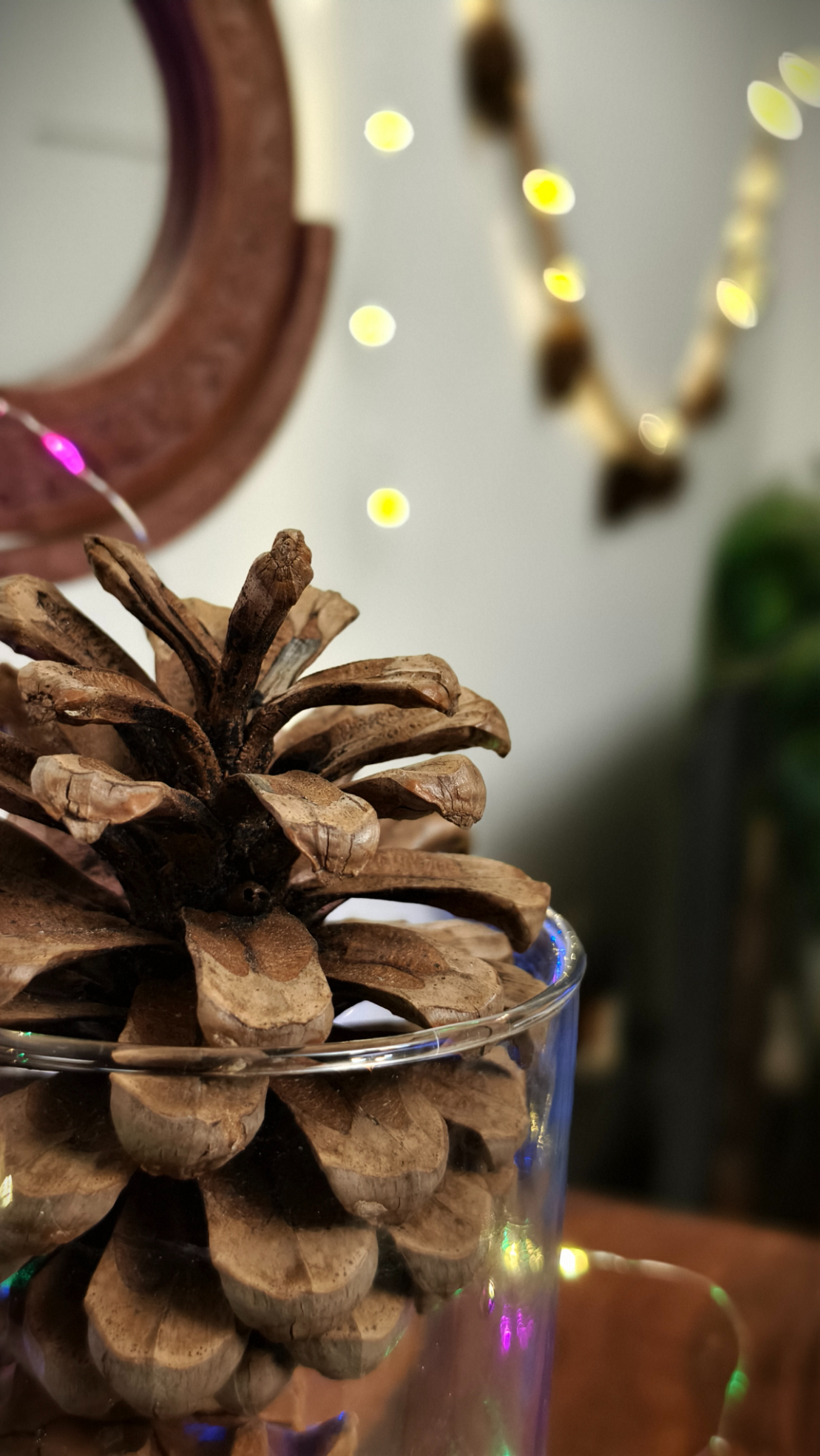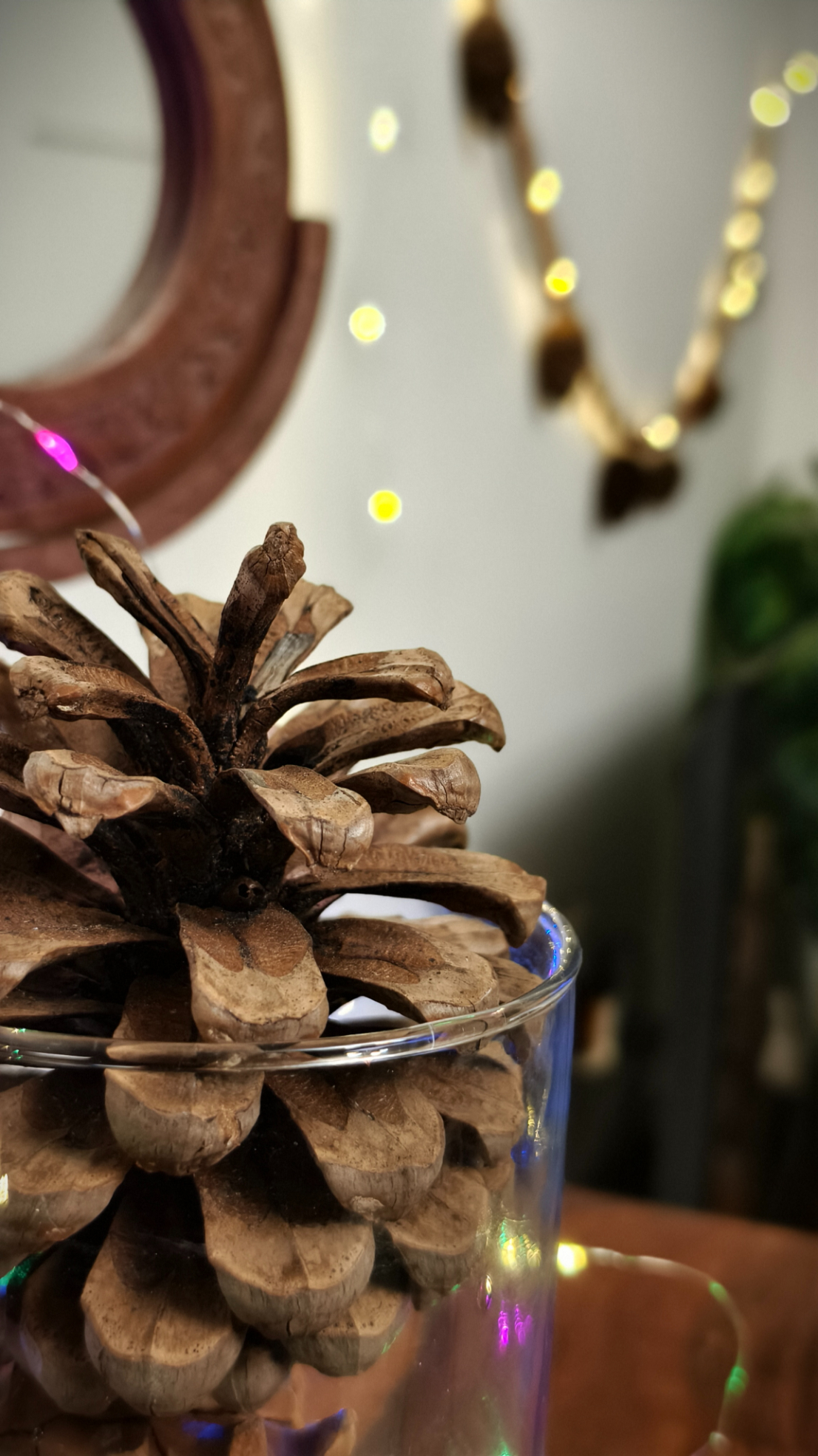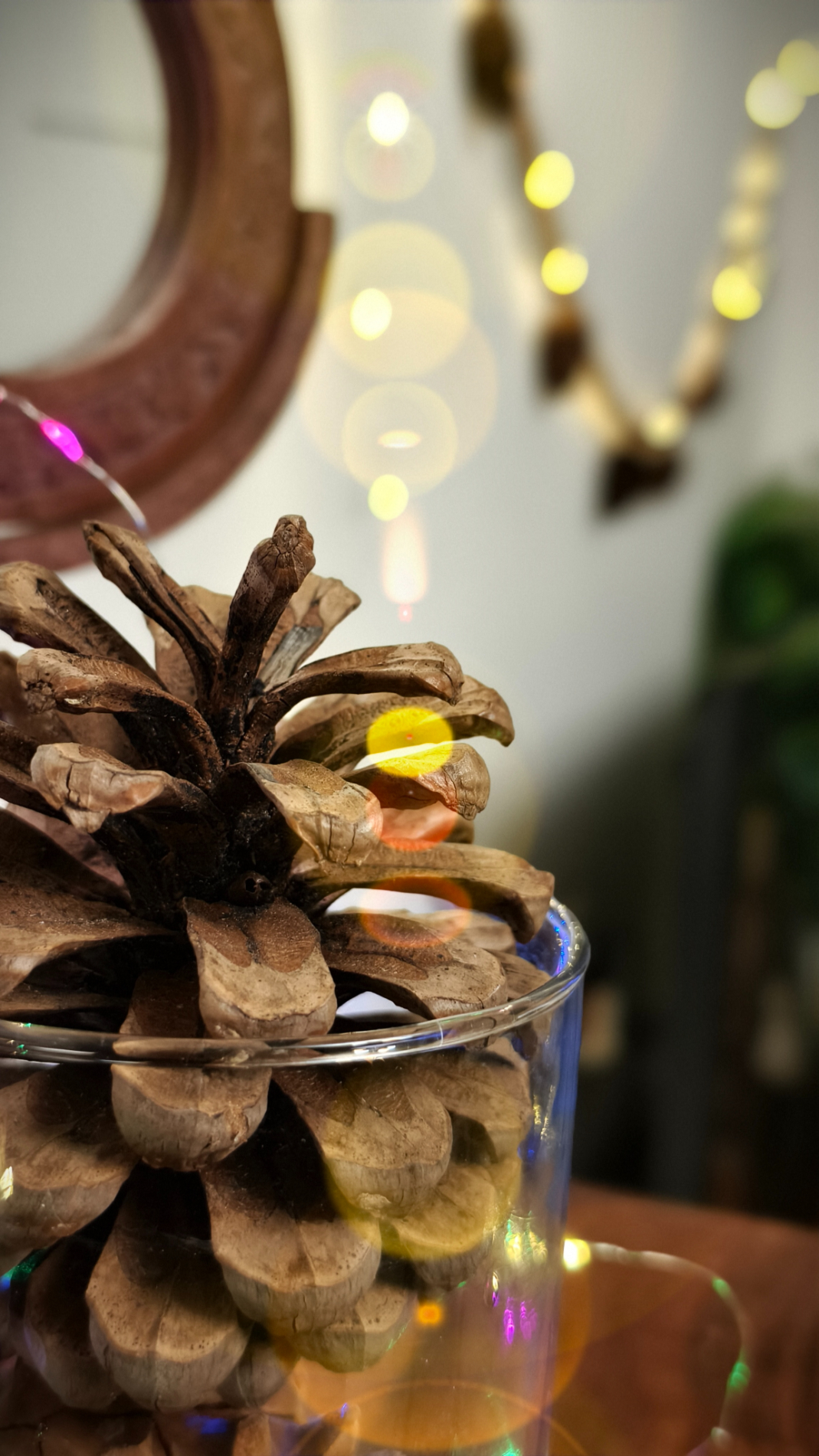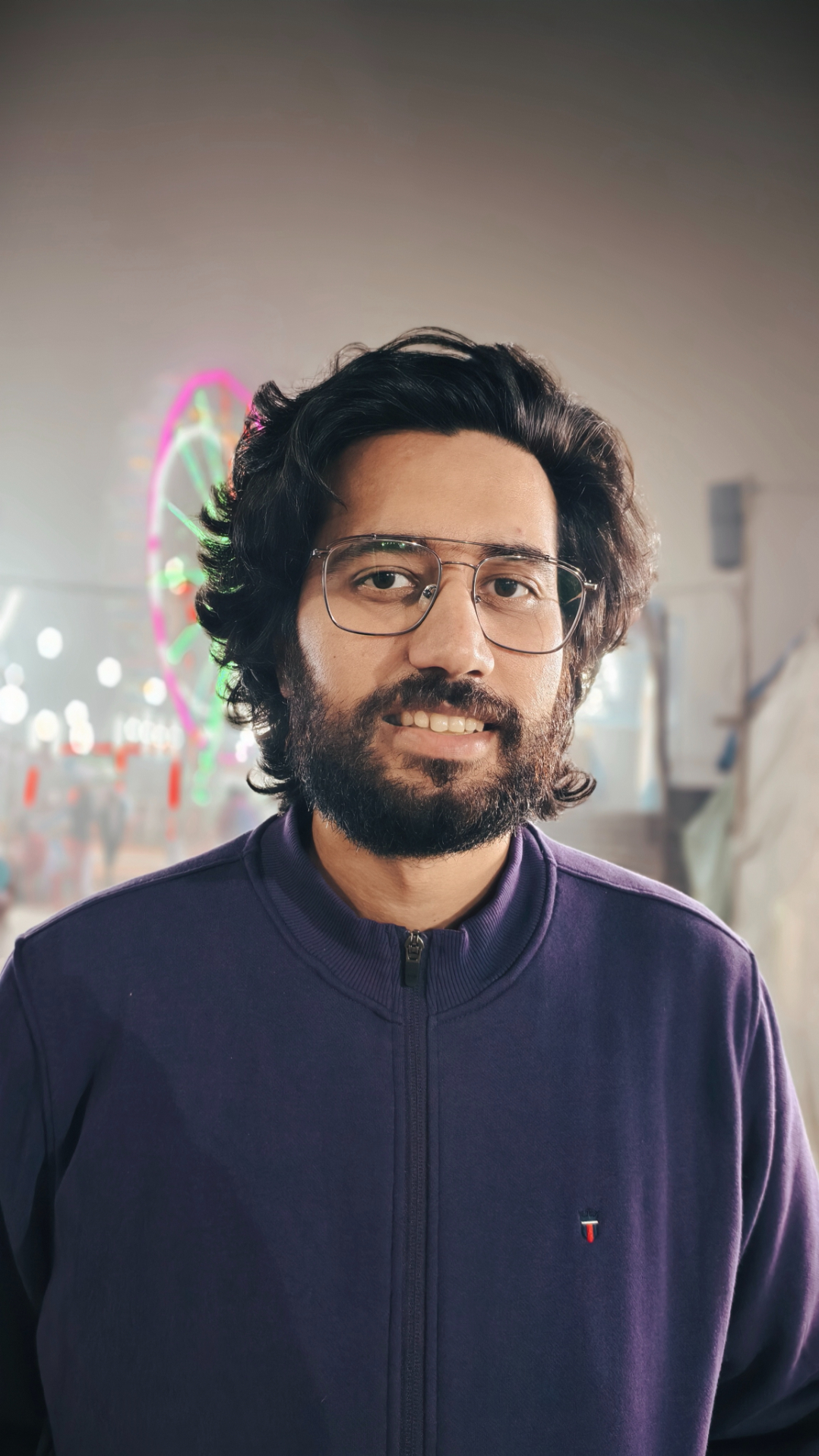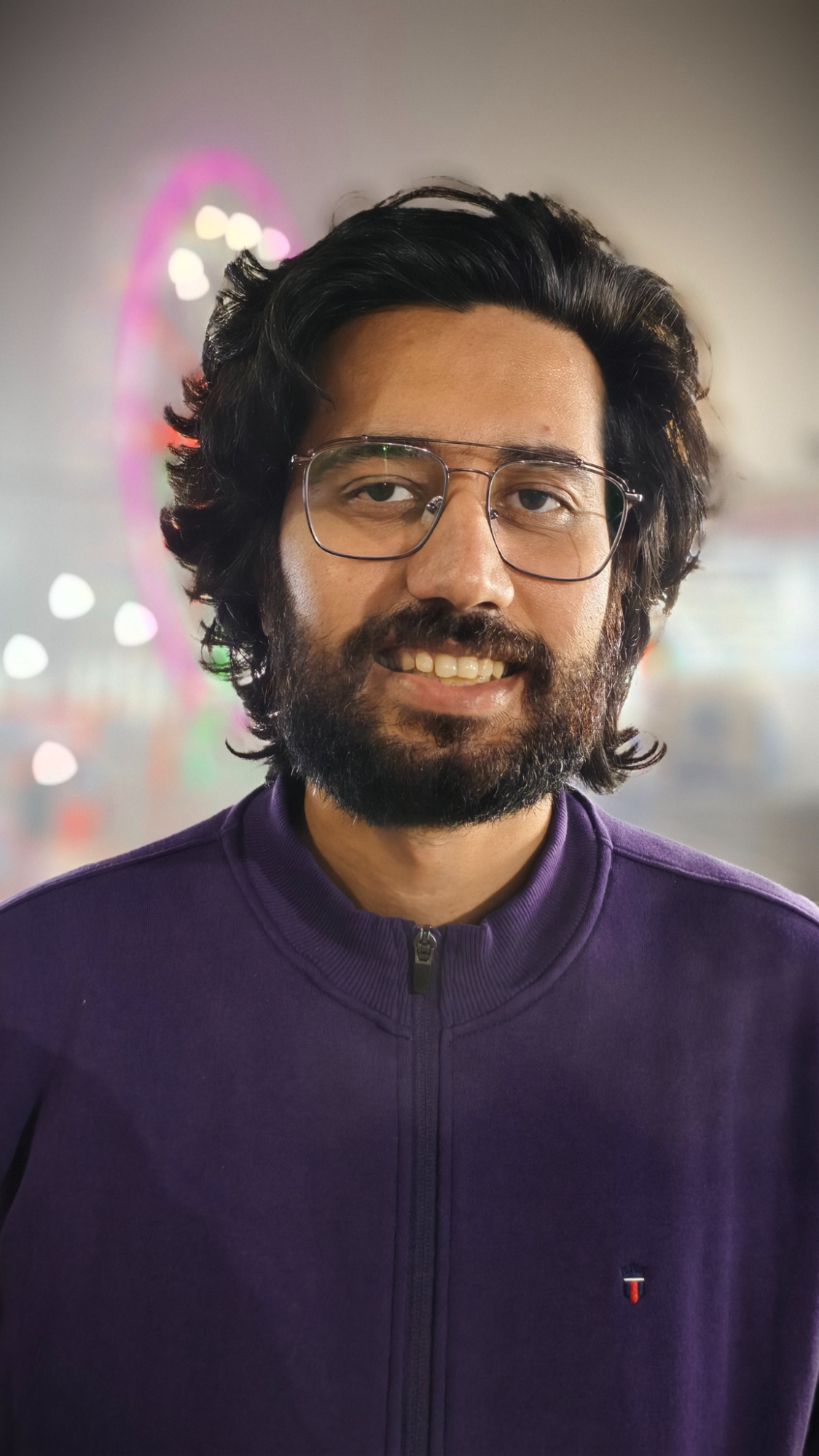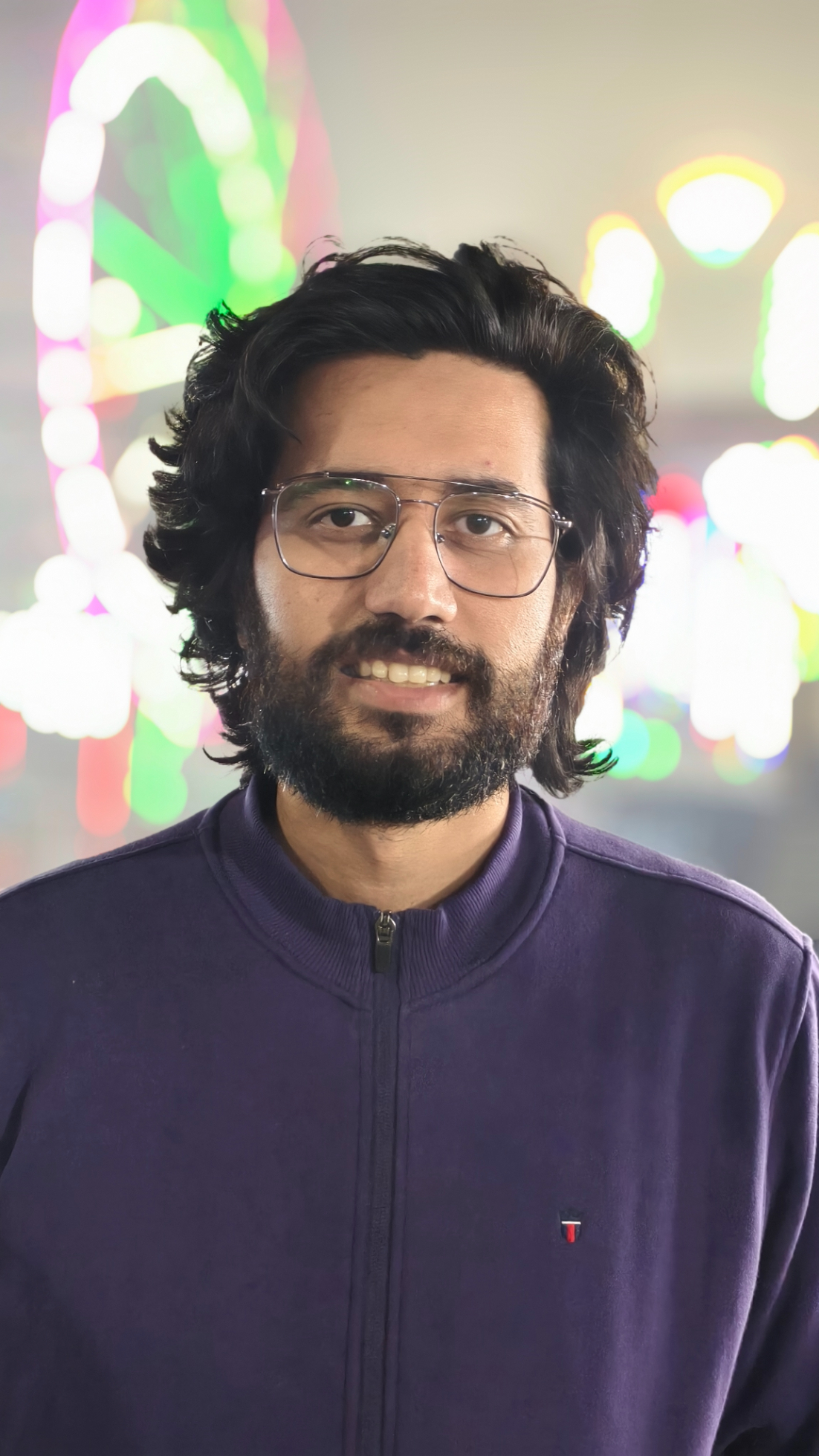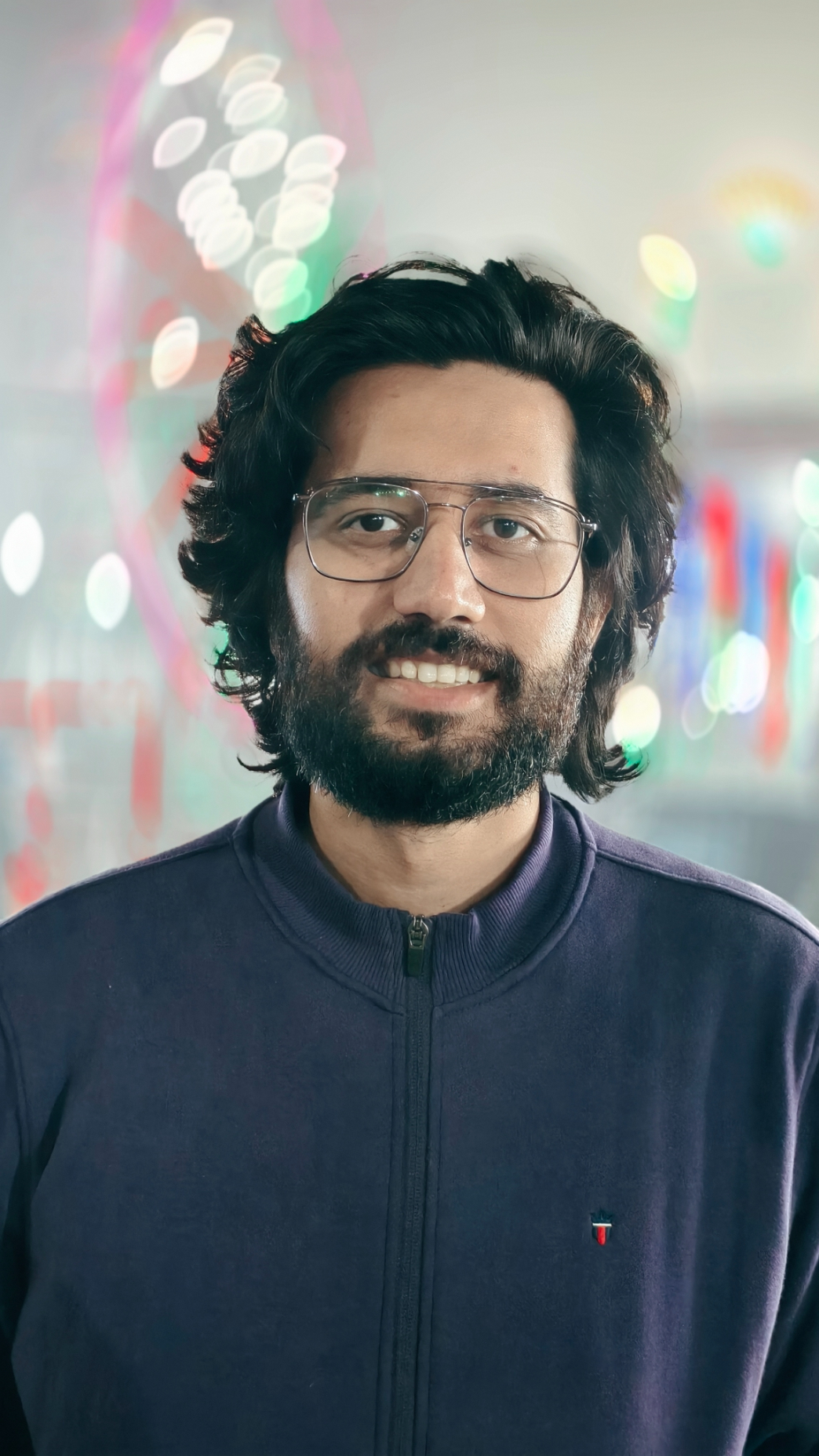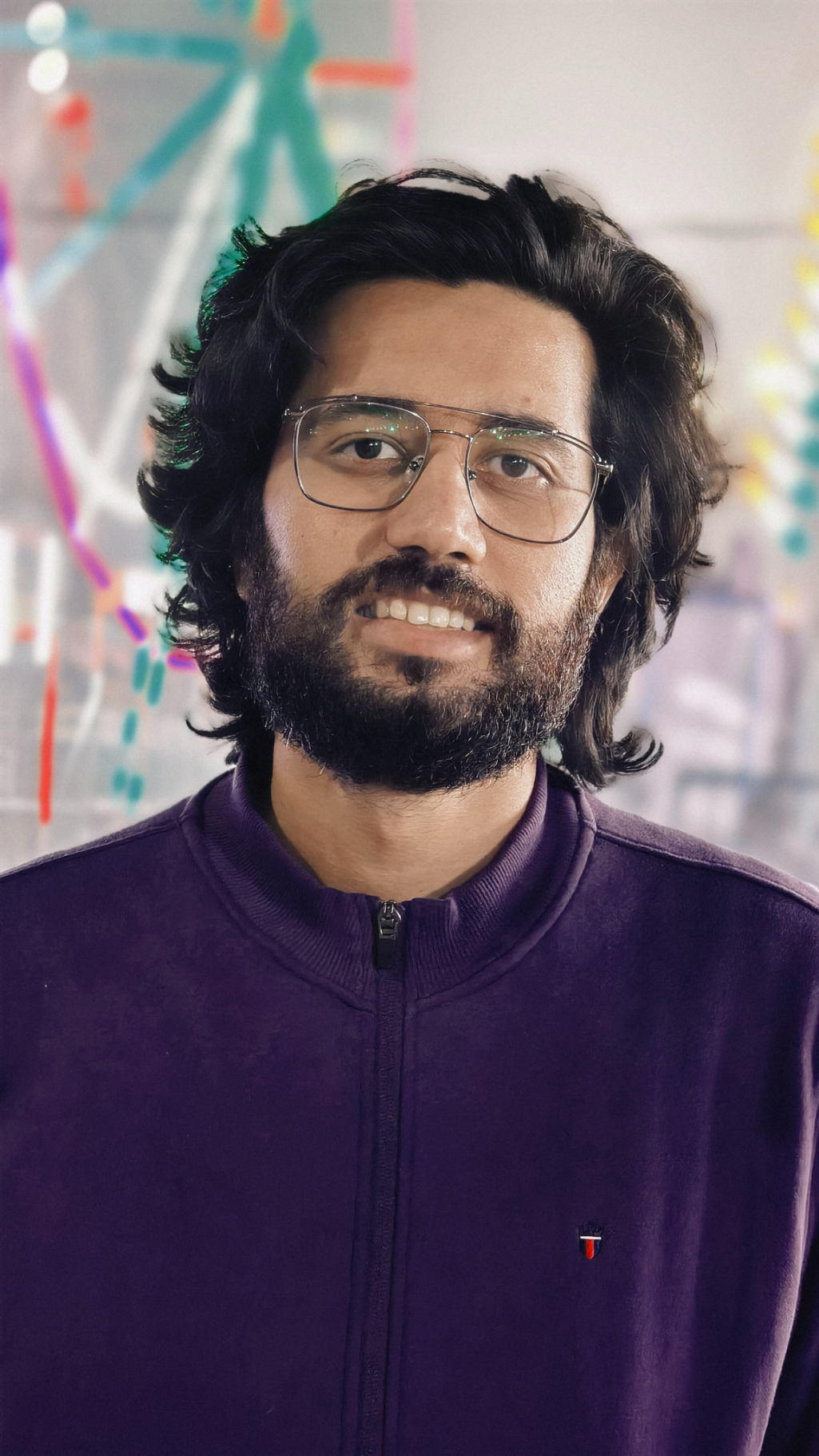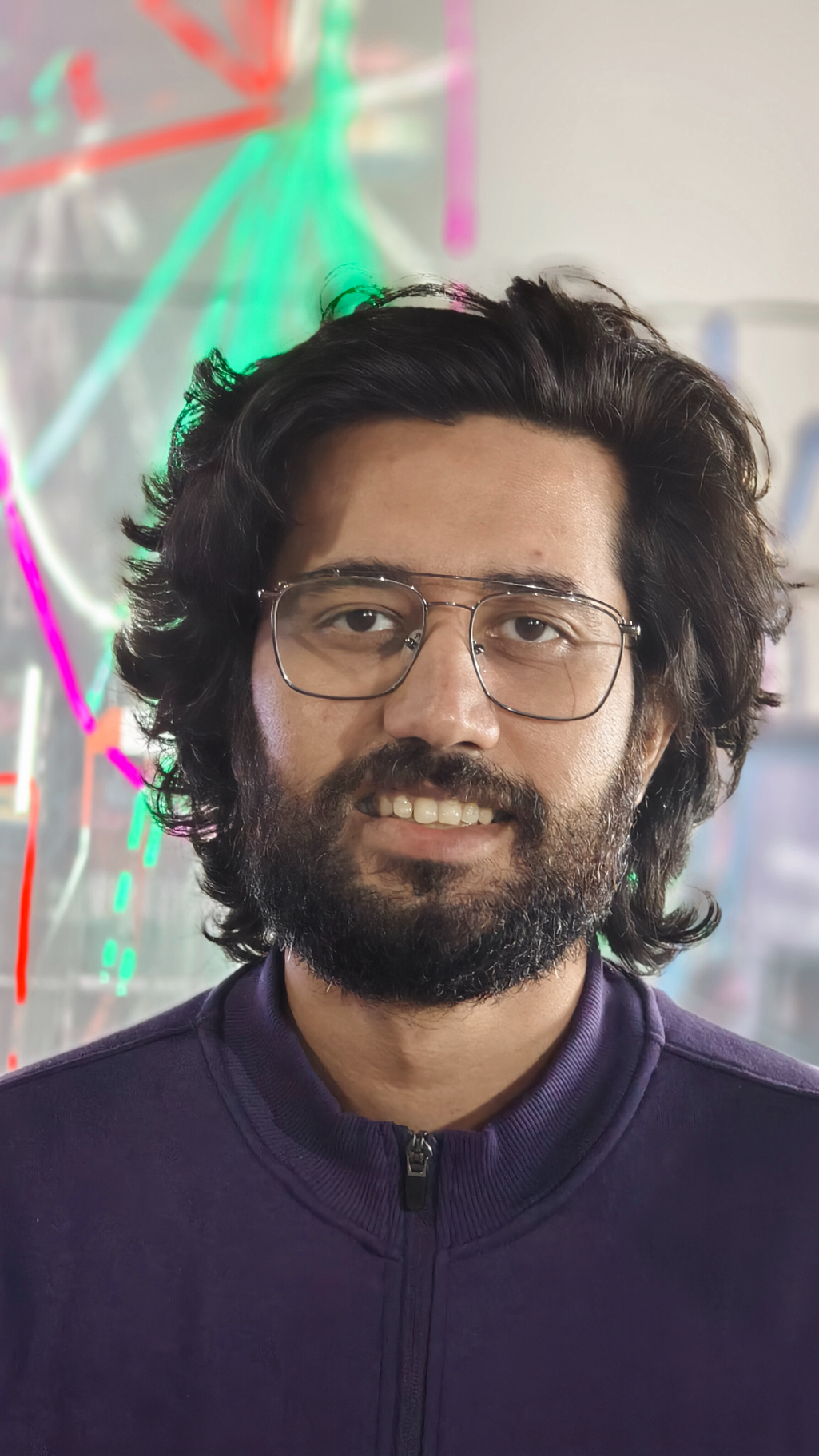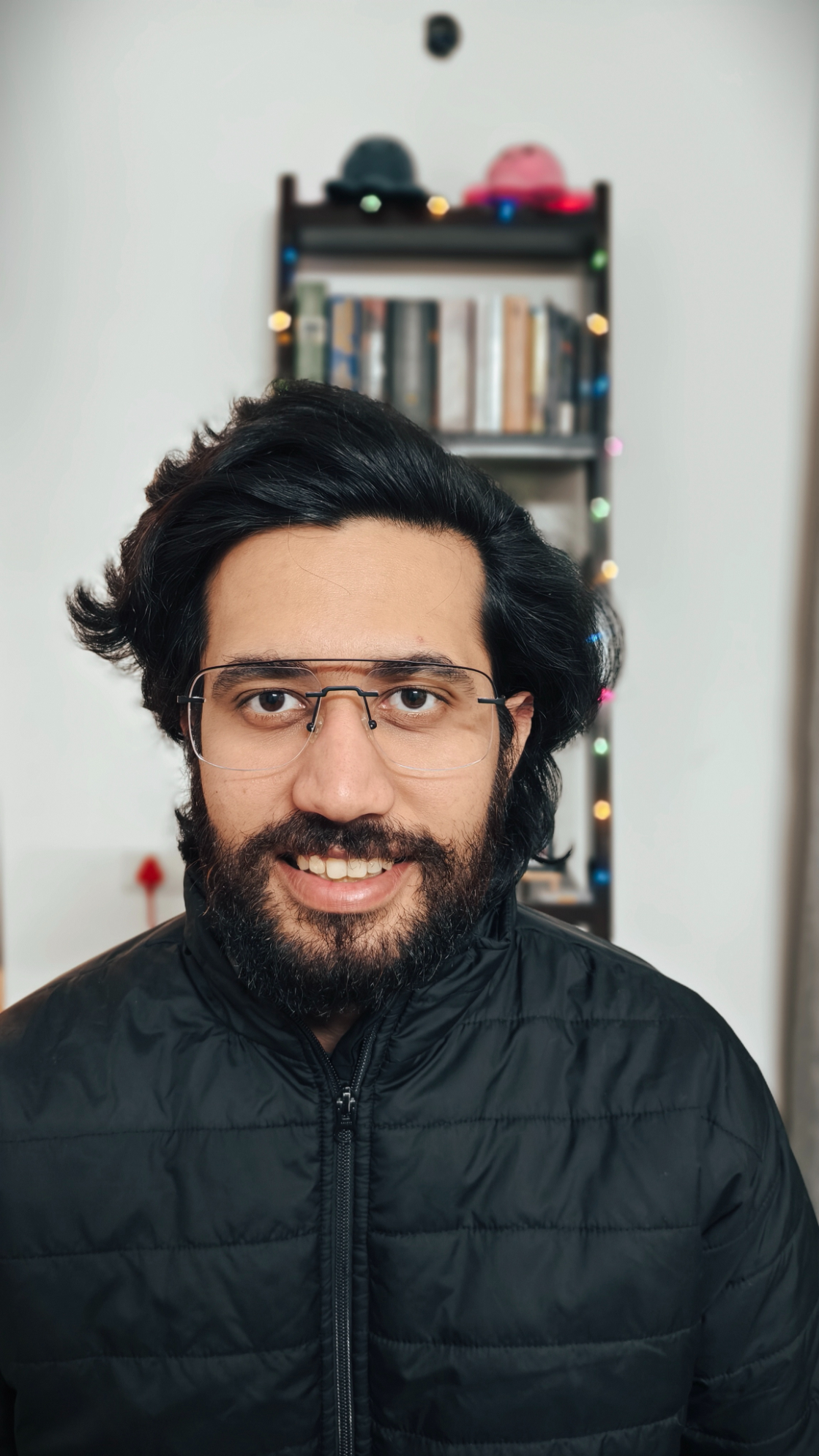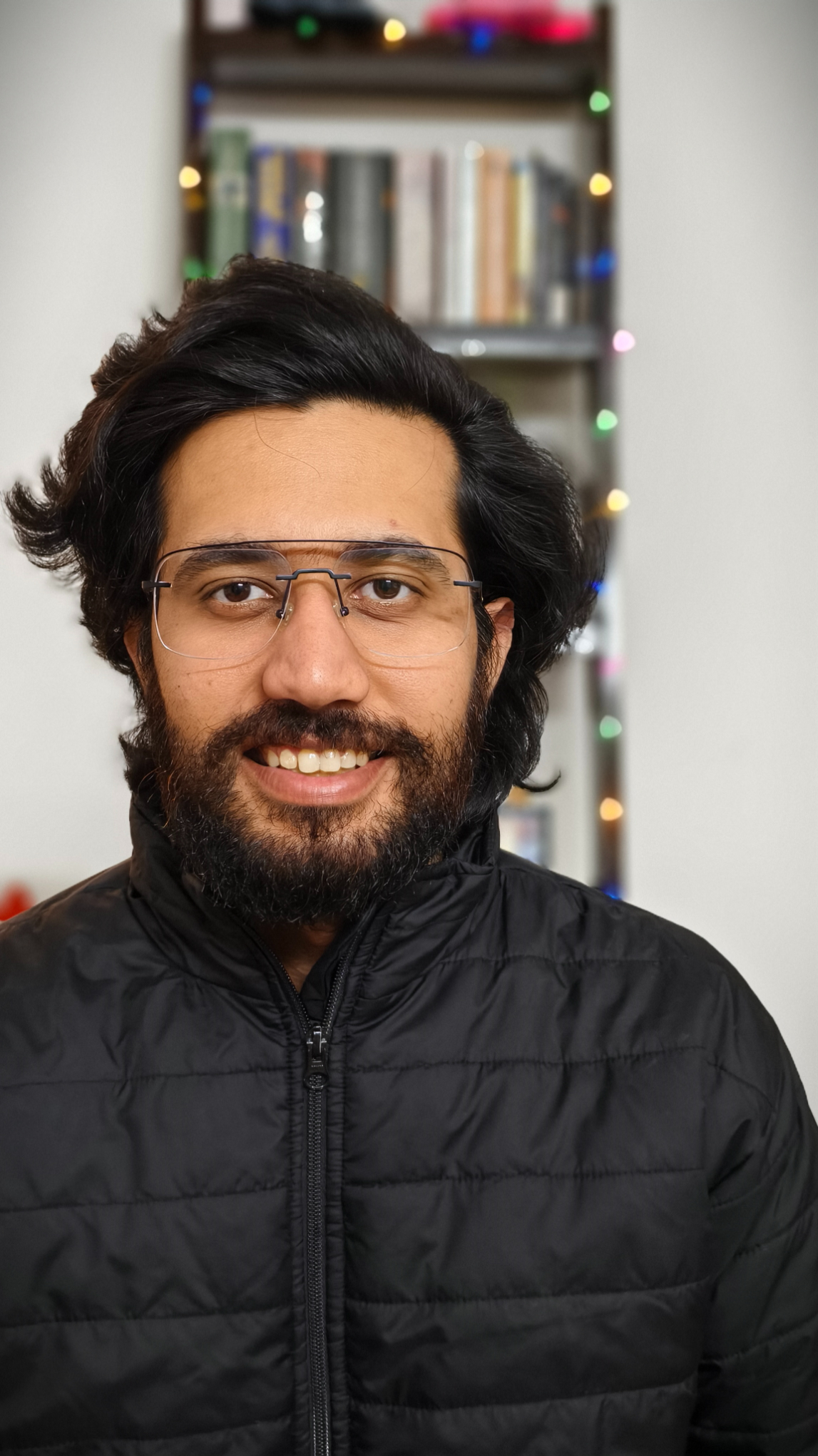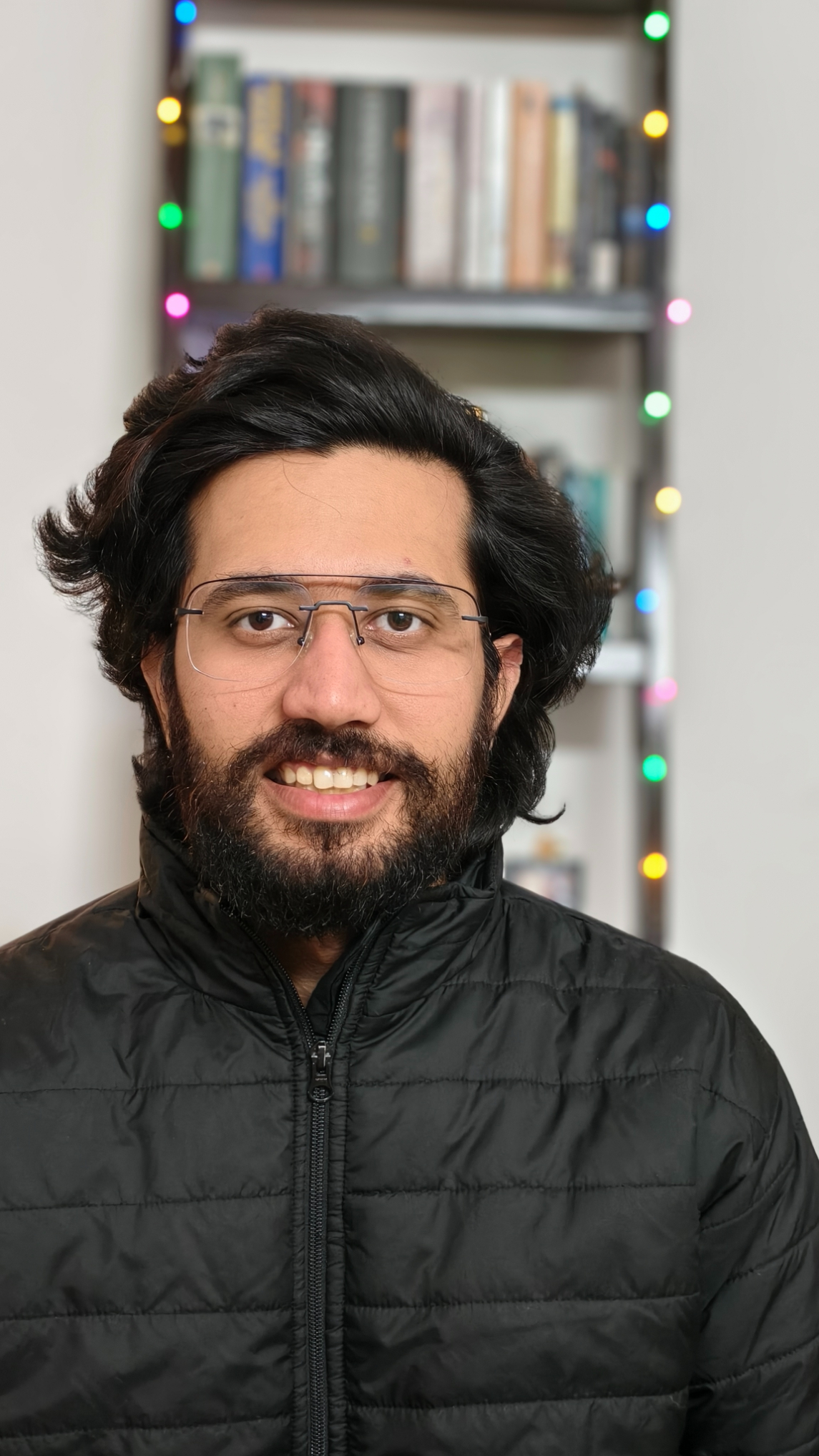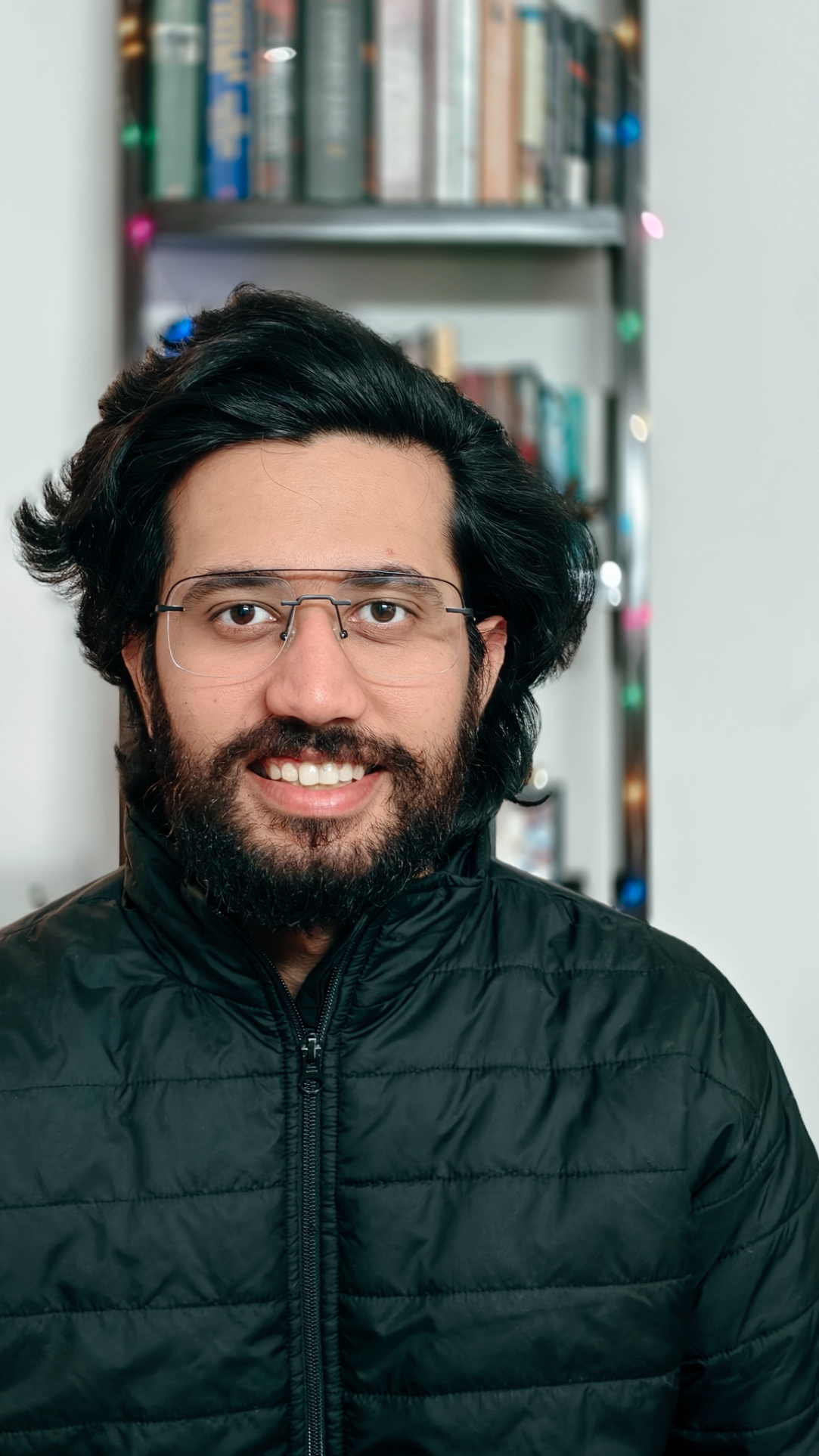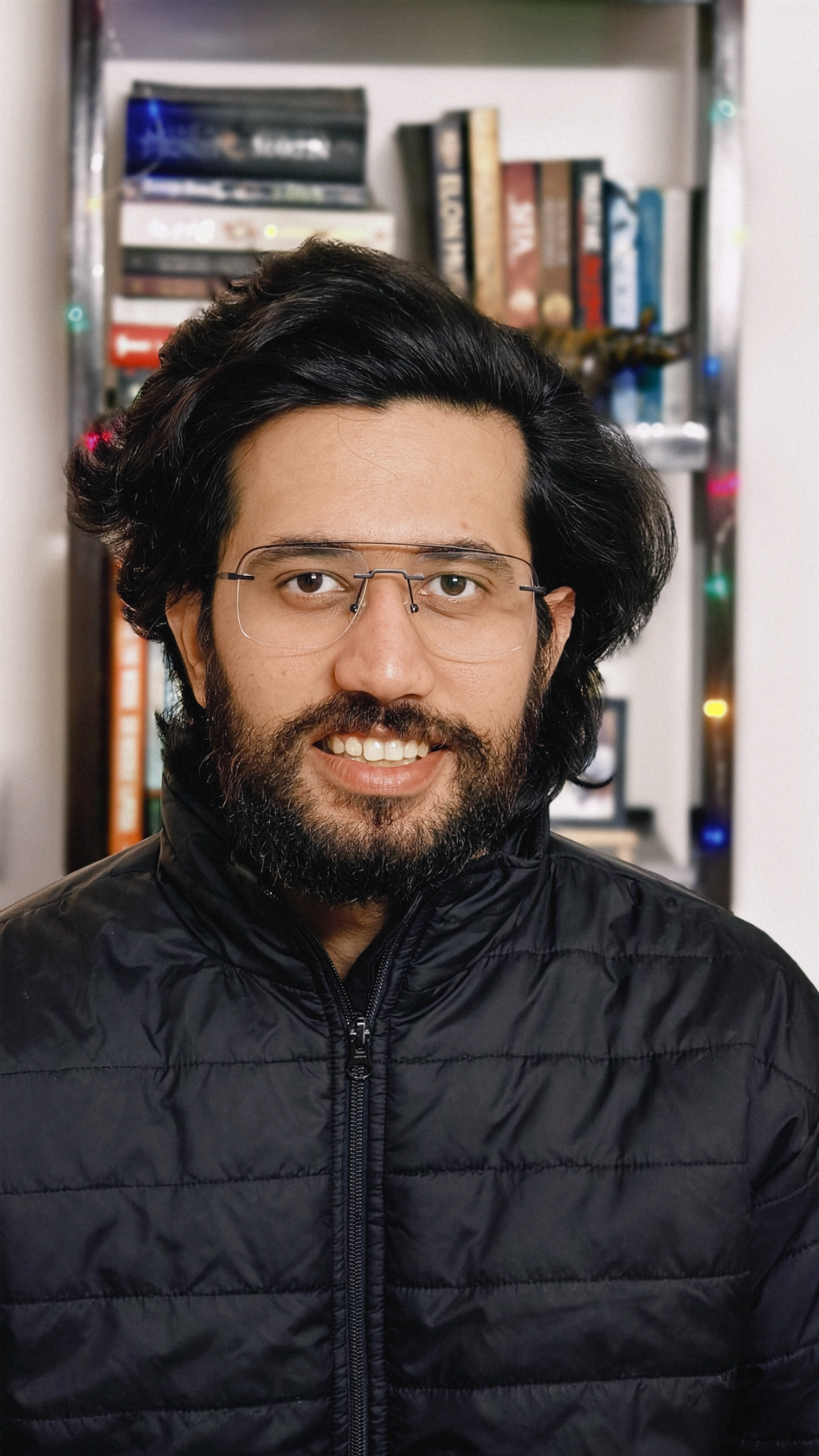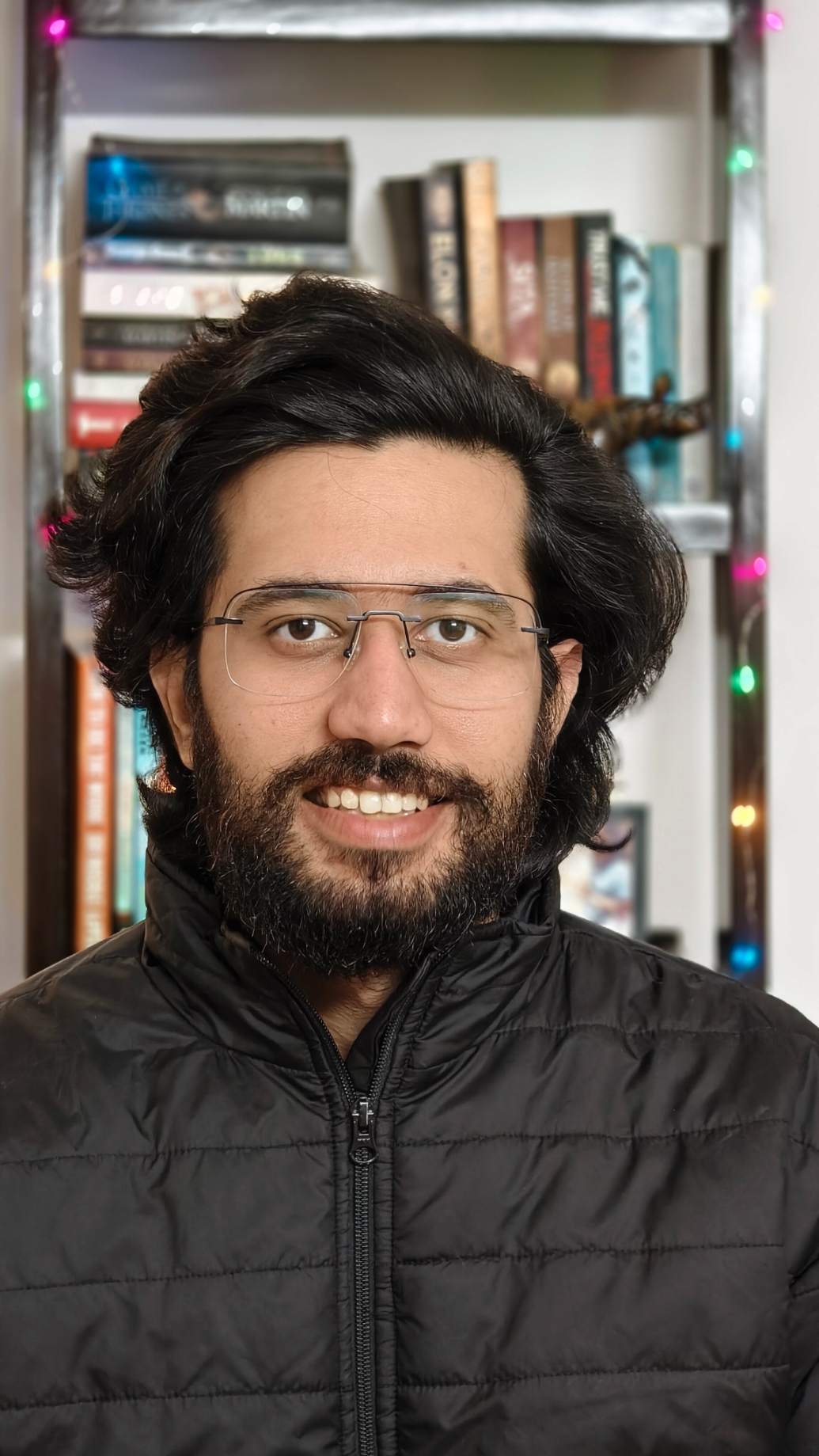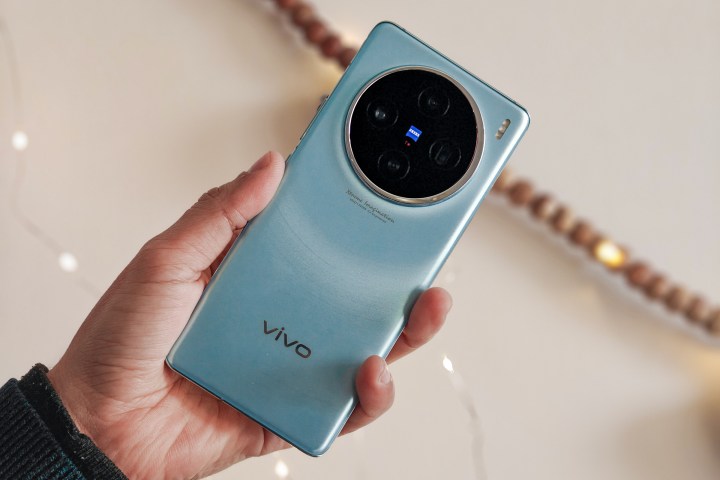
For years, phone brands have been chasing camera image quality that rivals professional cameras- DSLRs, mirrorless, etc. For average consumers like me, that has been granted to some extent, given we look at the photos we take on phones’ screens. While phone photography has improved substantially (even some mid-range phones take great pictures), a few brands constantly strive to surpass themselves. Chinese brands especially excel in bringing new (and sometimes ostentatious) features, which keeps the Asian phone market both competitive and exciting.
A recent addition to this group is the Vivo X100, which gets top-of-the-line specs, including the flagship MediaTek Dimensity 9300 chip, up to 16GB of RAM, and 512GB of storage. With these specs and a large curved AMOLED display, the X100 feels like a close competitor to the OnePlus 12. The biggest highlight, undoubtedly, is the rear camera system, which is tuned in partnership with the German optics giant Zeiss. But its mighty specifications aside, the Vivo X100 has one of the most impressive camera features I have tested so far, and I feel you should see them, too.
Why is the Vivo X100 special?
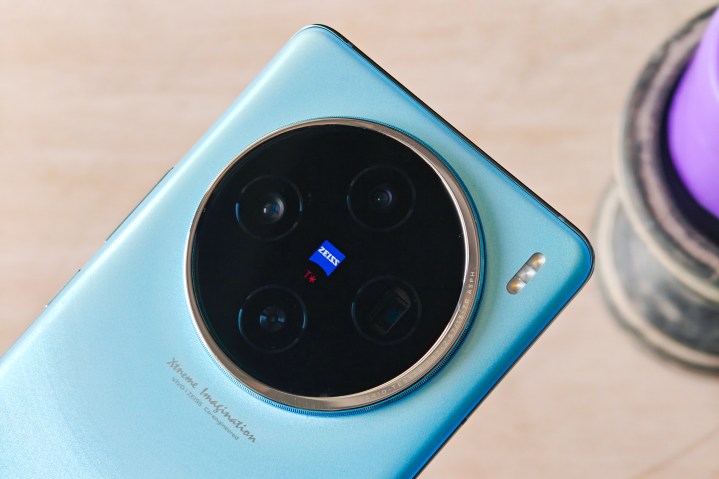
Vivo’s X series has a long pedigree of impressive low-light camera performance. Last year, I tried the Vivo X90 Pro and remarked how the viewfinder captured more light than my eyes could see. I also found it to capture much more light than the Galaxy S23 Ultra and the iPhone 14 Pro.
While the large 1-inch format (cropped) sensor on the X90 Pro was behind its camera prowess, Vivo’s imaging also relies on a special imaging processor, called “V2,” that aids the phone’s chipset and
With its latest generation of X series devices — the X100 and the X100 Pro, Vivo claims to have improved the imagining quality even further. I have been testing the X100 (the non-Pro variant), especially to test the special features Vivo adds for portrait photography. Here are the reasons I am pleasantly surprised.
The Zeiss partnership makes all the difference

Zeiss is no stranger to the world of smartphone photography, and Vivo is not the first brand to partner with it. The German company previously aided Nokia in its prime to enhance photography on the N-series and later the Lumia range of phones while sporadically assisting Sony with its Xperia phone cameras.
This isn’t the first Vivo phone with Zeiss optics either — in fact, this is the fourth generation of the partnership. And unlike Nokia or Sony, where Zeiss’ role was limited to providing camera lenses, Vivo has been taking this integration deeper by helping it recreate effects from popular Zeiss lenses for professional cameras.
This approach may surprise Zeiss purists, for the brand caters to maximalists who like to control a wide range of parameters instead of getting a quick and automatic shot. I say this because most Zeiss camera lenses, even in this age, come only with manual focus, which distances them from beginners and casual excursionists to the trade. Its lenses are known to create sharper images but with a tinge of dreaminess, especially in the background. Additionally, Zeiss lenses are relatively much more expensive than similarly specced models from other camera companies such as Nikon or Canon, making them somewhat more exclusive to professional and serious enthusiasts.
Vivo’s partnership with Zeiss results in these dreamy effects being recreated (replicated primarily with algorithmic enhancements) on the X series phones. Naturally, the latest X100 and the X100 Pro get the newest and the most nuanced edition of these effects.

There are two significant ways the Vivo X100 replicates Zeiss effects. Firstly, it simulates the same effects of six prominent Zeiss lenses. These include Biotar, B-Speed, Sonnar, Planar, Distagon, and Cine-Flare. Each of these is an iconic
Secondly, the portrait mode offers preset zoom levels using the three cameras to match the typical focal lengths of professional camera lenses instead. If that sounds confusing, let me elaborate. The Vivo X100 features three cameras: a 50-megapixel primary camera, a 50MP ultrawide camera, and a 64MP telephoto periscope with 3x zoom. Instead of the standard 1x, 2x, 3x, or similar intermediate zoom levels, the portrait mode lets you choose from the different options for focal lengths — 24mm, 35mm, 50mm, 85mm, and 100mm — corresponding to popular focal ranges of Zeiss’ digital camera lenses.
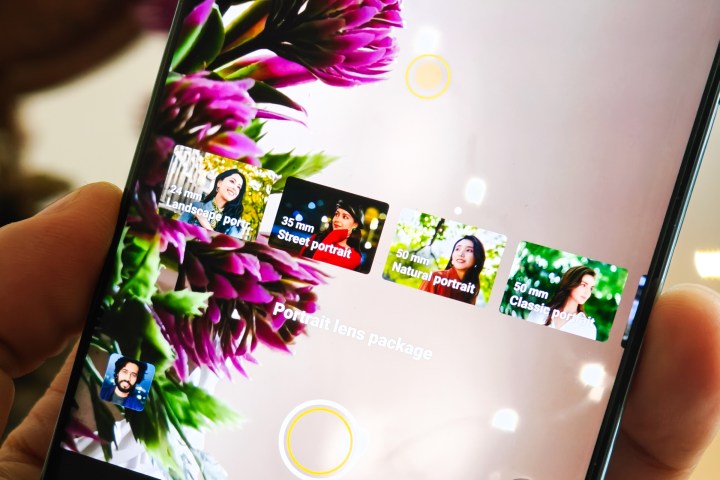
Lastly, the Vivo X100 offers presets for different scenarios of portrait photography, using the above-stated features together. It uses combinations of the lens’s focal range and effects for different scenarios, striving to produce the same images as Zeiss lenses.
I hope that makes you curious about the actual results of the Vivo X100’s portrait mode. Let’s start by exploring how the different lens effects work out.
What the Vivo X100’s camera is capable of
All of the images with the Vivo X100 were purposefully taken in low light for two reasons: First, to demonstrate the X100’s ability to capture brilliant details in low or indoor lighting, and second, tiny or distant sources of light make the portrait effects more distinguishable that they would in daylight or bright scenarios.
For the first set of comparisons, we look at the different background effects inspired by Zeiss lenses. To spot the differences, pay attention to the shapes around the light sources behind me.
On actual Zeiss lenses, these effects are created with physical modifications to the aperture — or the physical shutter that manipulates the amount of light entering the lens. For instance, the B-Speed lens uses a triangular aperture, which is why the light sources in the background appear triangular but with curved edges instead of straight ones. Likewise, the effects on a Biotar lens are shaped like an actual convex lens, while those on a Distagon are shaped like a hexagon.
On the Vivo X100, these effects are imitated by software, which is why they might not always be accurate and may change with the distance and the intensity of the light or because of environmental factors such as fog and haze, as demonstrated below.
However, if conditions are favorable, we can expect solid and distinctive trinkets as part of the background. Interestingly, these portrait effects also work without a face or living subject in the frame, which makes the Vivo X100 a great camera for still-life photography — and not just for capturing faces.
Another aspect I must point out is the perfection with which the Vivo X100 detects edges, even with sparse lighting. This ability of the X100 helps create a distinct separation between the subject and the background, making the images appear as if they are pulled out of a professional camera and not a
You can use all of these effects with each focal length setting based on your distance from the subject and the level and depth of field you desire from the pictures. In addition, you can manipulate the intensity of the background blur with each effect, but I stayed with the standard settings.
All the samples I have shared above are at the 35mm setting, roughly equal to 1.5x magnification. Due to consistently bad weather in my city over the last few weeks — and the lack of proper visibility, especially at night — I refrained from choosing wider focal lengths as they would require images from a longer range.
However, if you do not wish to grapple with the settings, you can choose Vivo’s preset portrait bundles.
More portrait magic
Besides the Zeiss camera effects we saw in the previous section, the Vivo X100 also offers preset combos that choose the appropriate lens, the zoom level, and the Zeiss effect based on popular lens formats. For instance, there are dedicated modes for landscape and street portraits, a Classic mode for some retro tint, a “Figure” mode to focus on you from a sizeable distance, and a “Close-up” to further zoom in on your face. If you want a simpler portrait photo without all the bells and whistles, a Natural mode allows you to do just that. Along with the Zeiss effects in each of these modes, the intensity of the blur is also chosen with each of these camera presets. You can either use the modes as they are or play around to find the setting you prefer.
Here is our first set of images taken at various focal lengths (as labeled). You can see the variations not only in terms of the distance but also in the colors (notice the blue tint in the Classic mode), the background effects, and the blur intensity in each photo.
Because of the haze in the background, the lights in the background quite disperse as they did in the previous comparisons. So, we move our quest indoors for the following comparison.
The space limitations inside the room forced us to move the camera closer to my face instead of capturing a wider area. Besides the variations in different camera effects, this comparison demonstrates how focal length affects the shape of the objects in focus.
Look at the subtle changes to the shape of my face at different focal lengths. This is because the curvature of the lenses tends to wrap the edges when you move closer to an object. Photographers use a similar technique to take more flattering portraits.
Besides the variations in my face, you can also see the different bokeh effects around the fairy lights in the background. Each of these effects, as stated above, changes automatically with the preset.
With these features, the Vivo X100 can open gates to the world of Zeiss (or other professional prime lenses). Even if you do not want to do that, the images are compelling enough to wonder if they have been shot with a phone or an actual camera — and you can keep the other person guessing for as long as you like.
Is it worth buying, though?
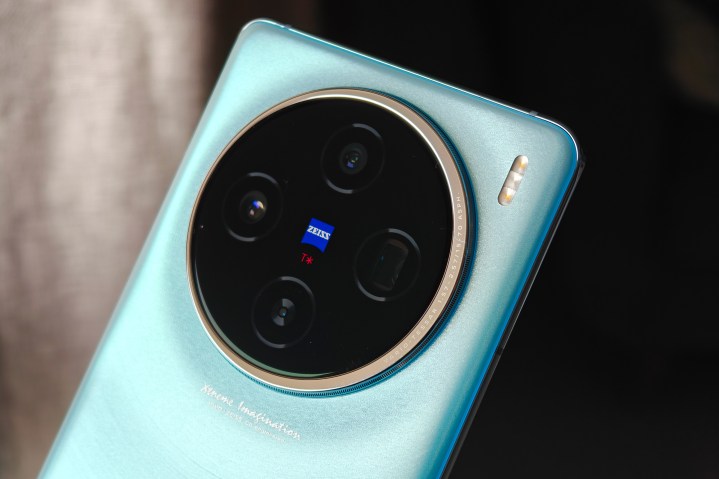
I hate to admit it, but my abilities with an actual camera are limited. While I know my F-stops from my shutter speed, I am nowhere as dextrous with a camera as a professional. Therefore, I rely on smartphones for capturing moments — and I think I am among the majority of people there.
So, phones such as the Vivo X100 make a compelling case for those who wish not only to take great photos but also to learn about different prospects of using a professional camera and, in certain instances, ignite a passion for photography with a camera. Can it replace a professional camera? Or can any phone replace a professional camera, for that matter? There’s no absolute or simple answer. I feel phones like the Vivo X100 (or the X100 Pro, which comes with a larger 1-inch sensor) can replace cameras in plenty of scenarios, especially when the person using it cannot dynamically play with different settings on a camera.
The Vivo X100 makes a lot of sense for those who take a lot of photos and wish to get a superior quality than most phones. As we demonstrated above, the X100 has voluptuous muscles to flex when it comes to nighttime and low-light portraits, mainly thanks to the flagship chip and a dedicated processor for photography.
The Vivo X100 eliminates the need for a Pro mode.
But despite these allures, a few aspects prevent me from recommending it to everyone. First, while Vivo has one of the most advanced cameras on the phone, its user interface still lacks finesse. You see a chaotic concoction of mismatched visual elements, a dissatisfying user experience, and a lot of pre-installed bloatware (which may vary per region). These stressors sound unreasonable for a phone that costs roughly $1,000 (based on its Hong Kong pricing). The second challenge, as you may have guessed, lies with the availability of the Vivo X100. Although you buy the phone on AliExpress (the Amazon of China) and get a hefty 35% discount, there will be no warranty. Although you might still find a way to get the phone repaired in Europe, LATAM, or Asia if something goes wrong, since Vivo sells in those regions, residents of North America may not be fortunate.
So, at best, the Vivo X100 is a great second phone that functions as an excellent camera. If you just want to acquaint yourself with the world of Zeiss lenses and effects, the X100 may even be a gateway — or a litmus test before you spend thousands of dollars on actual Zeiss lenses. Not to forget on a decent camera with a sensor that can justify the revered lenses.
Editors' Recommendations
- The Honor V Purse is the most unusual foldable I’ve ever used
- I’ve had the iPhone 15 Pro for six months. Here’s why it’s still amazing
- The iPhone 17 may get a display upgrade I’ve waited years for
- A phone you haven’t heard of just beat the Galaxy S24 Ultra in a camera test
- Nomad’s new iPhone accessory is unlike anything you’ve seen before

